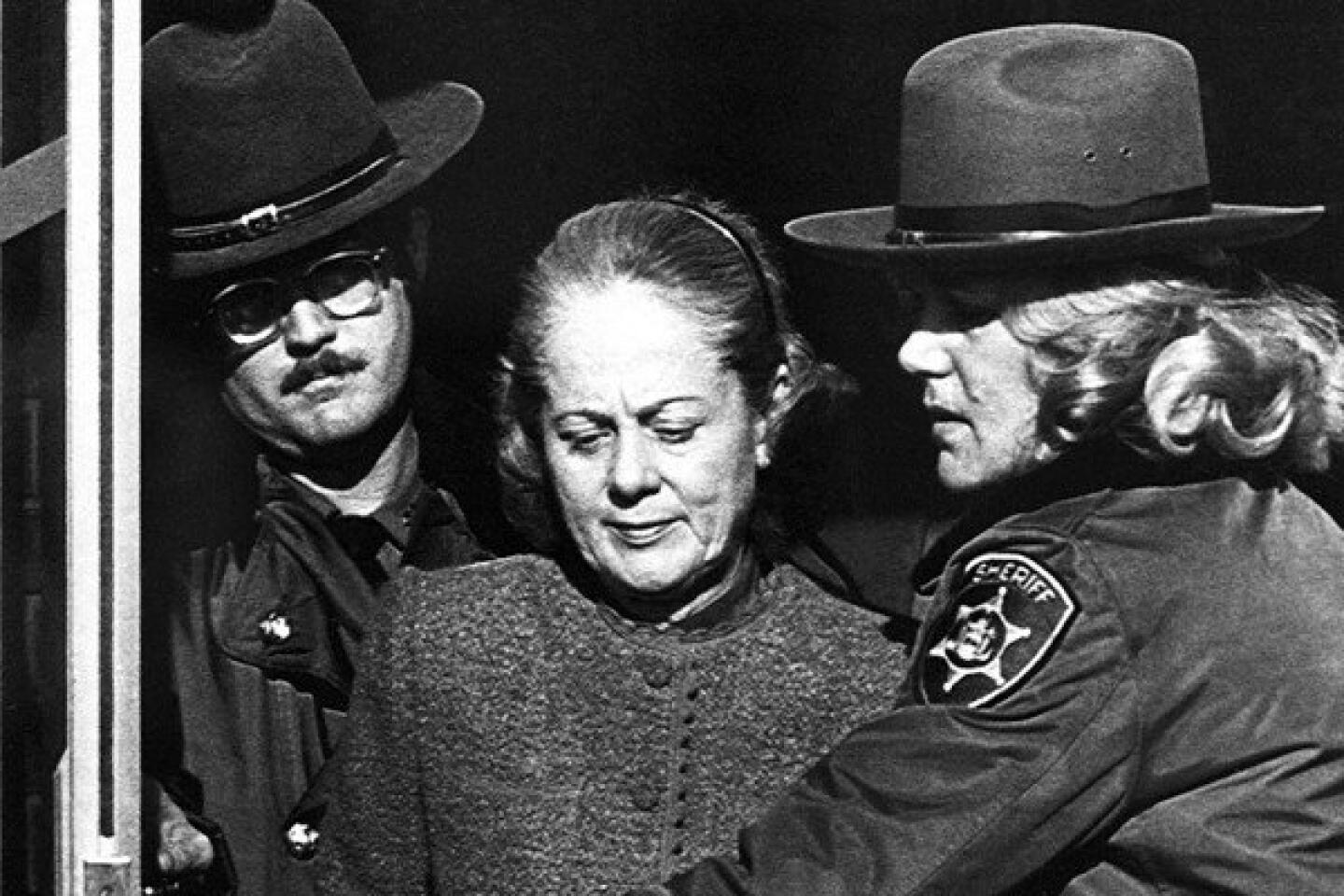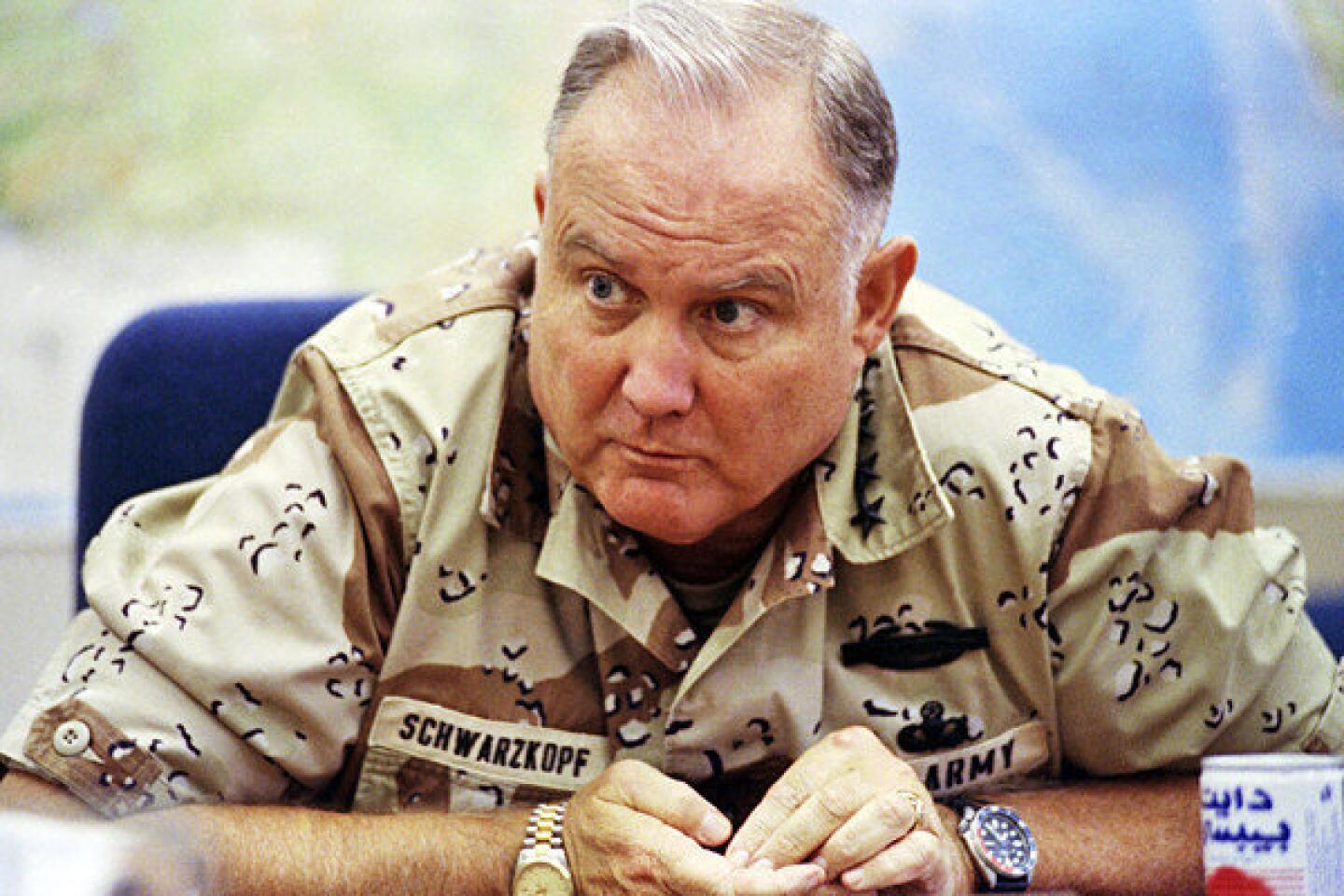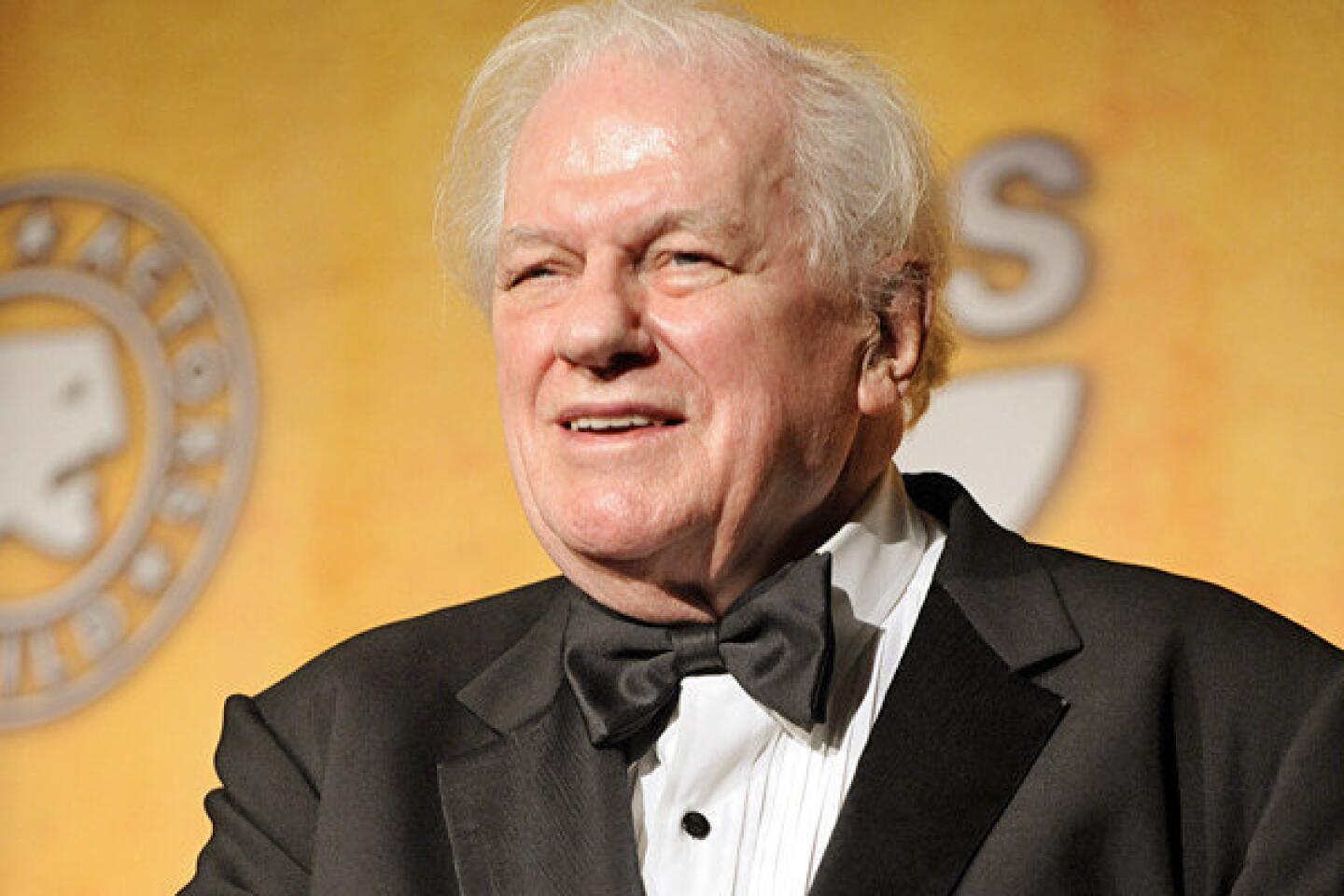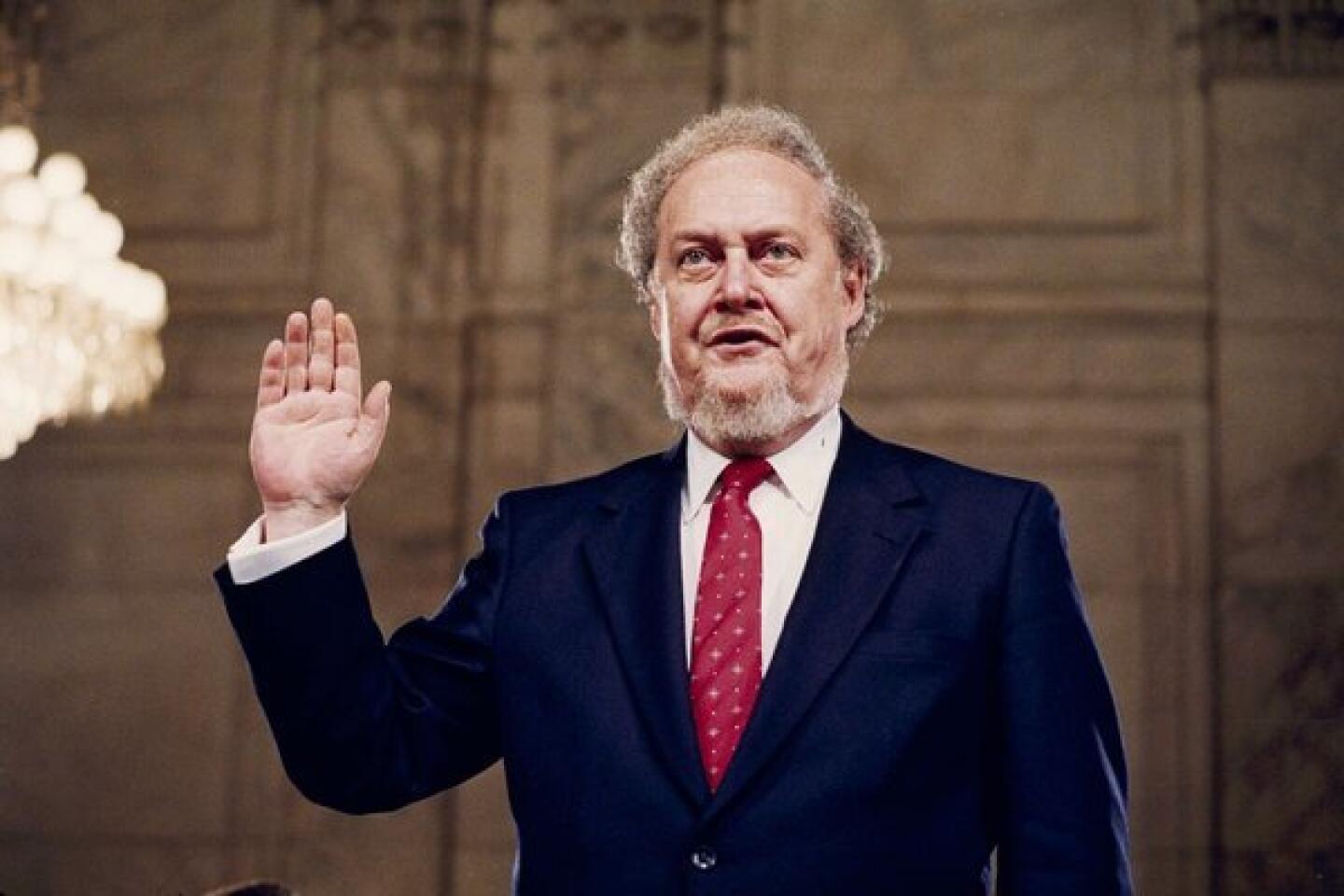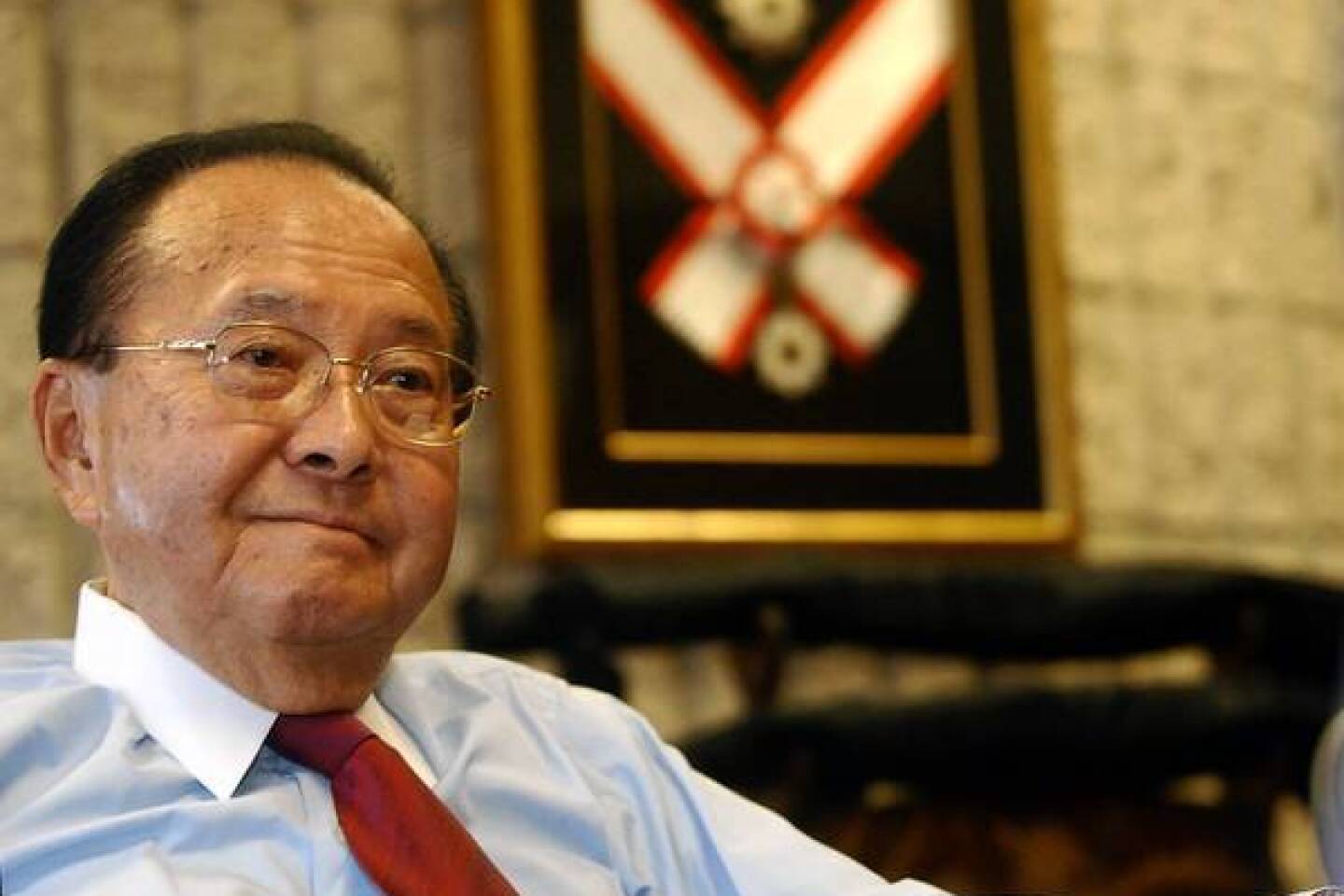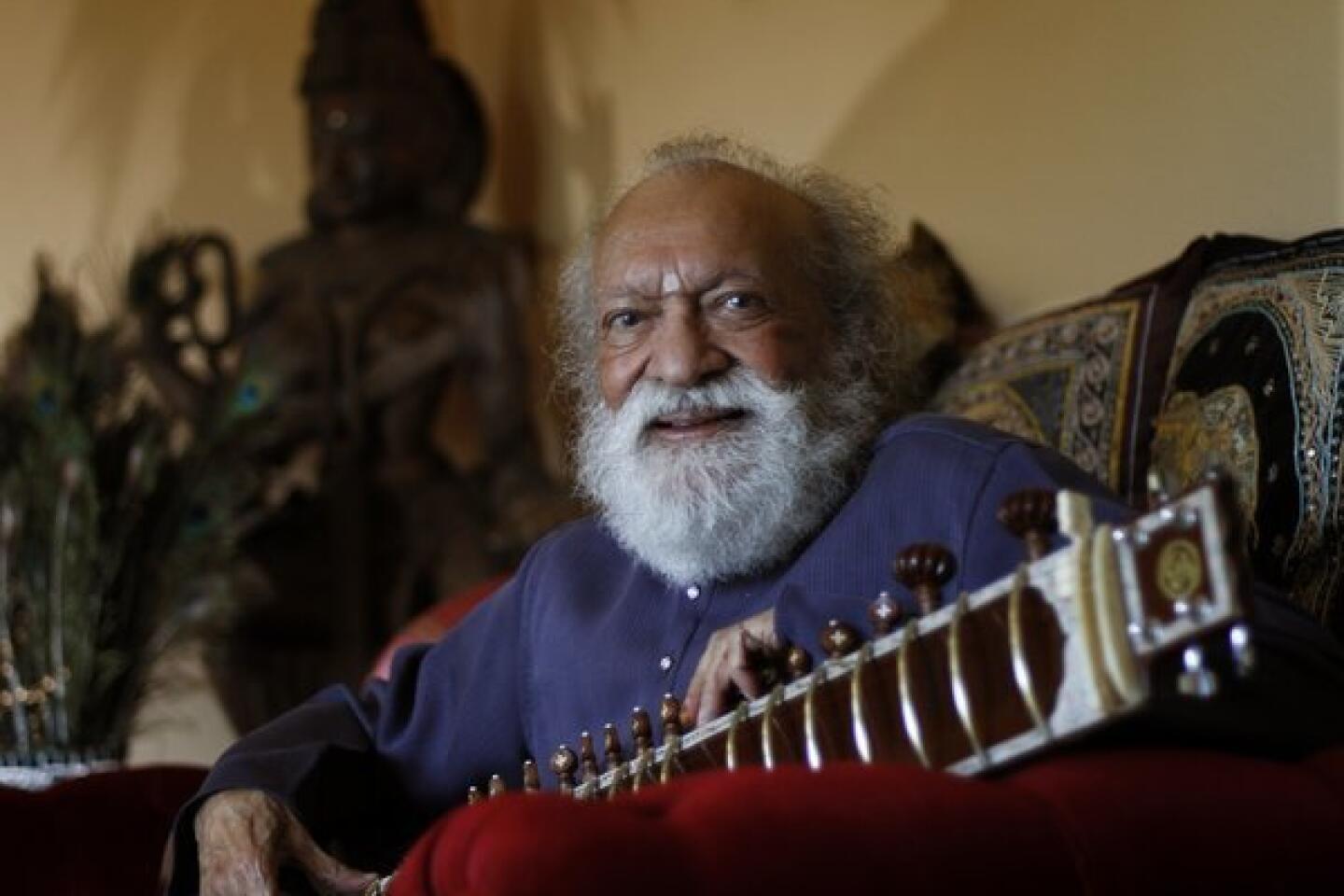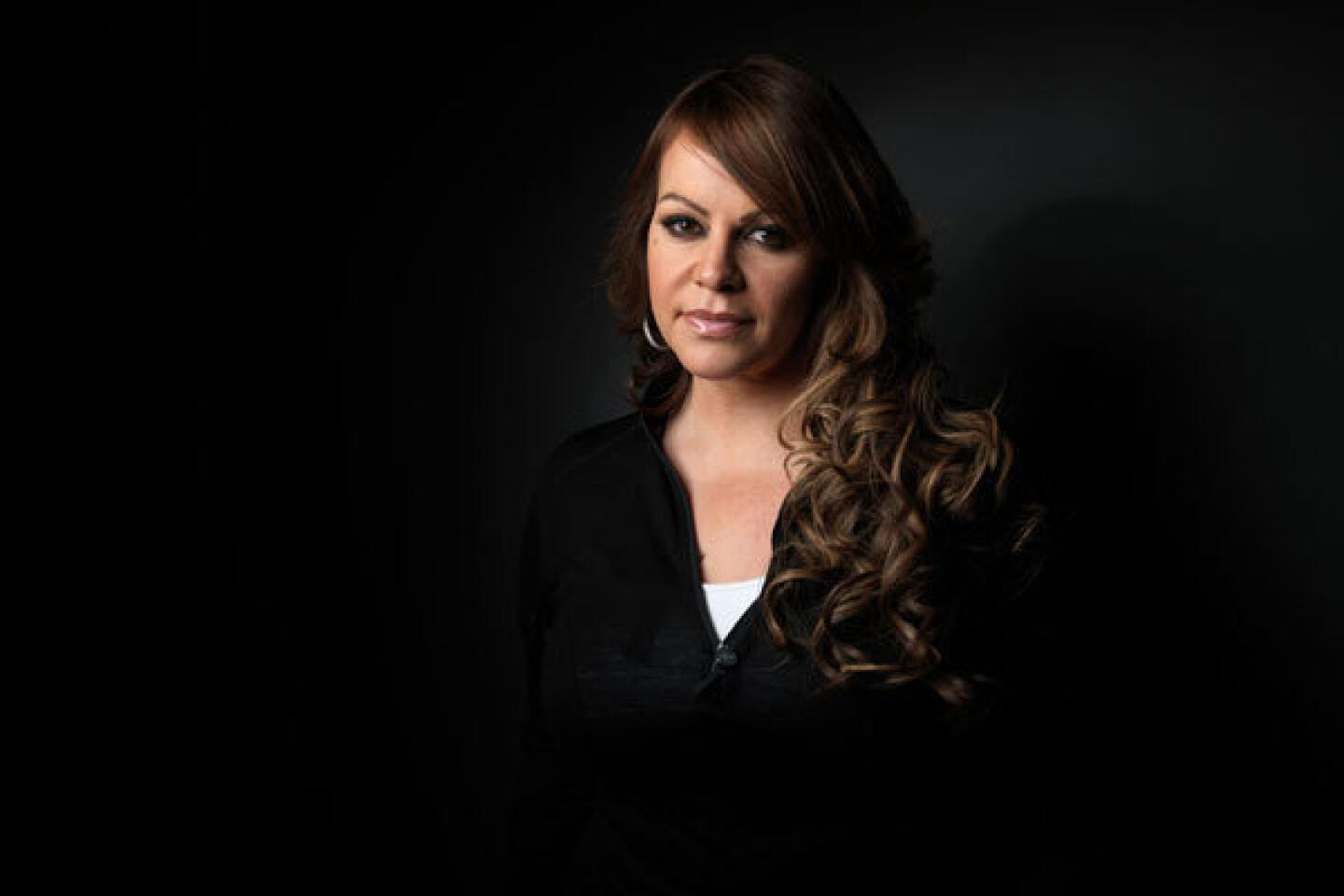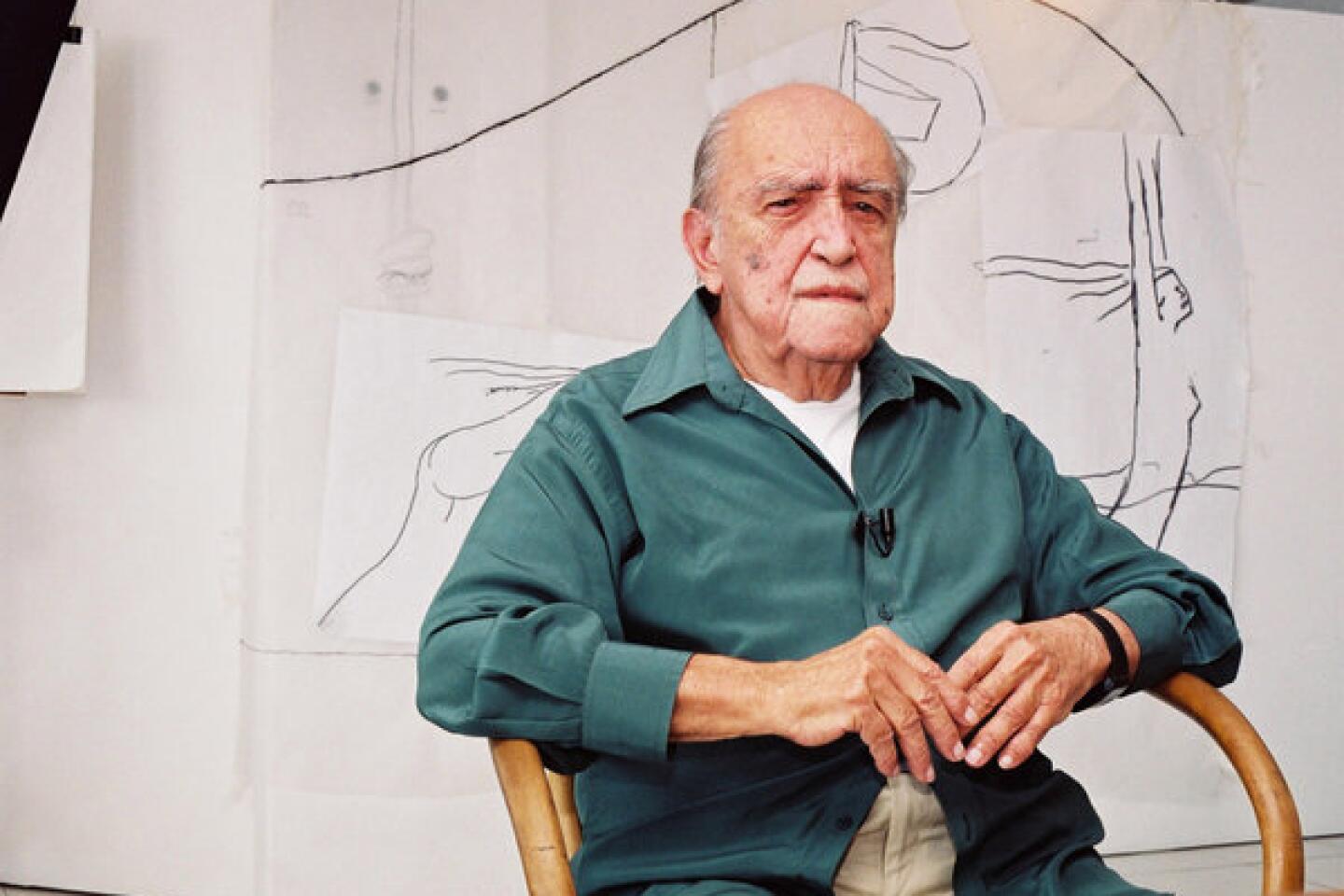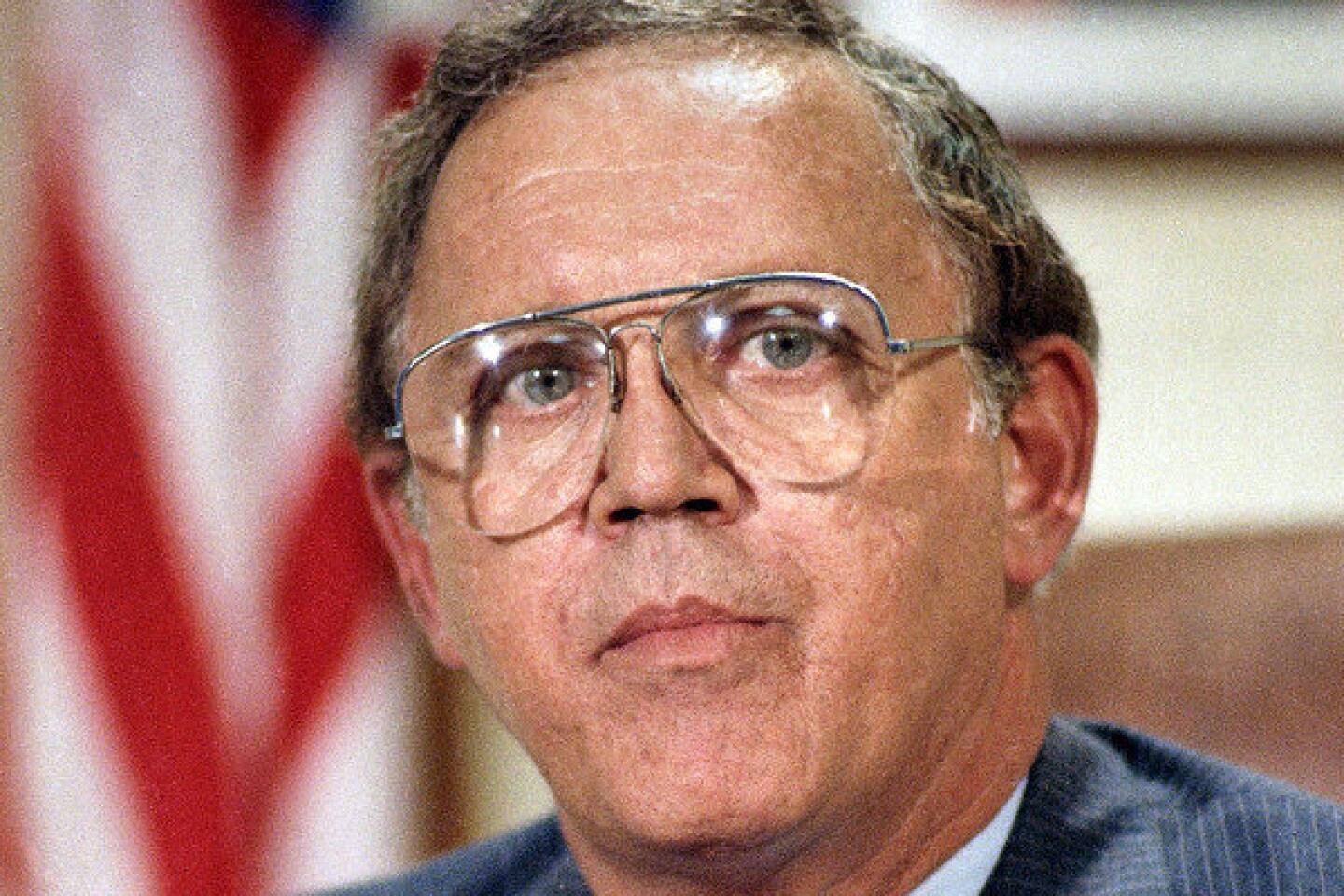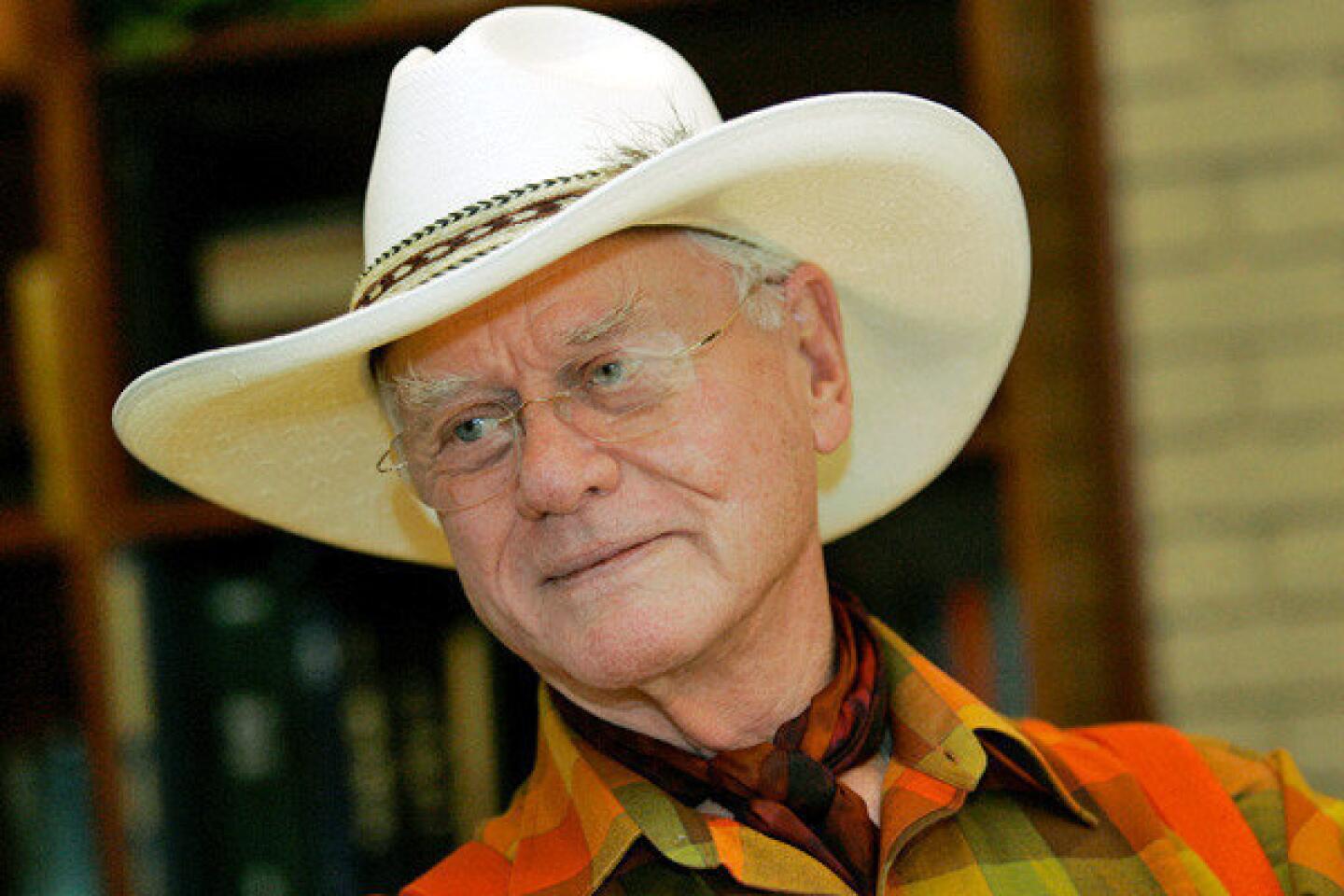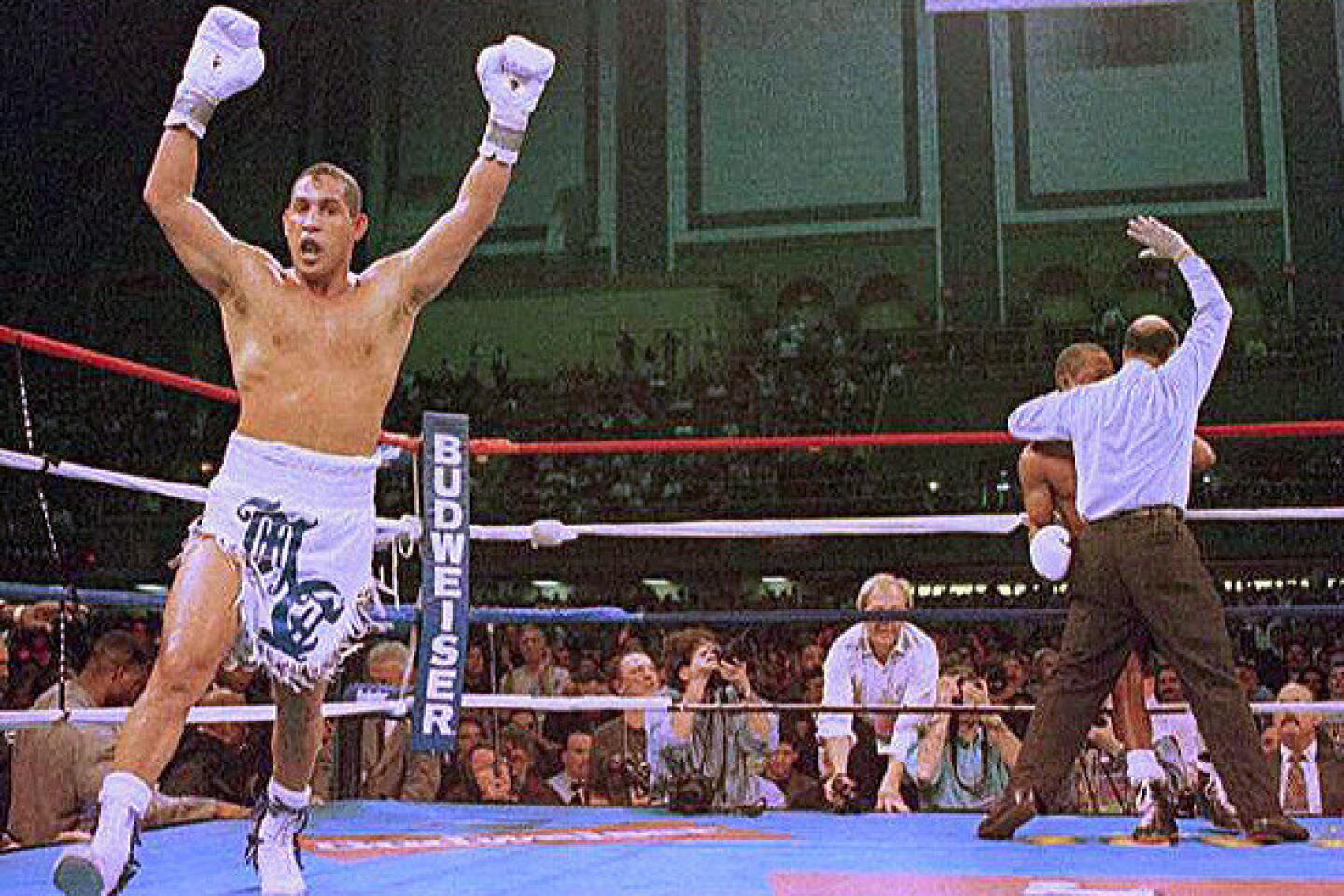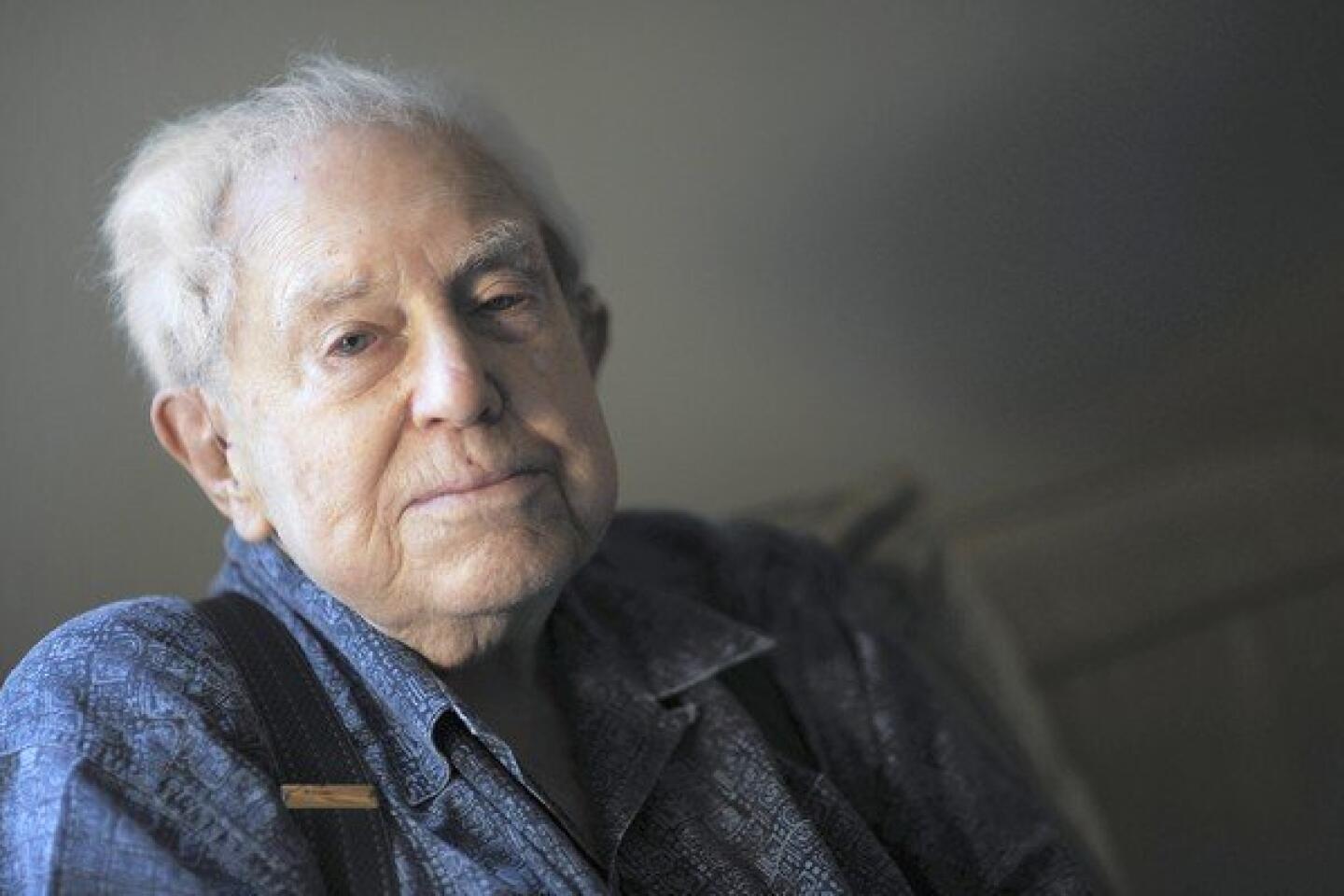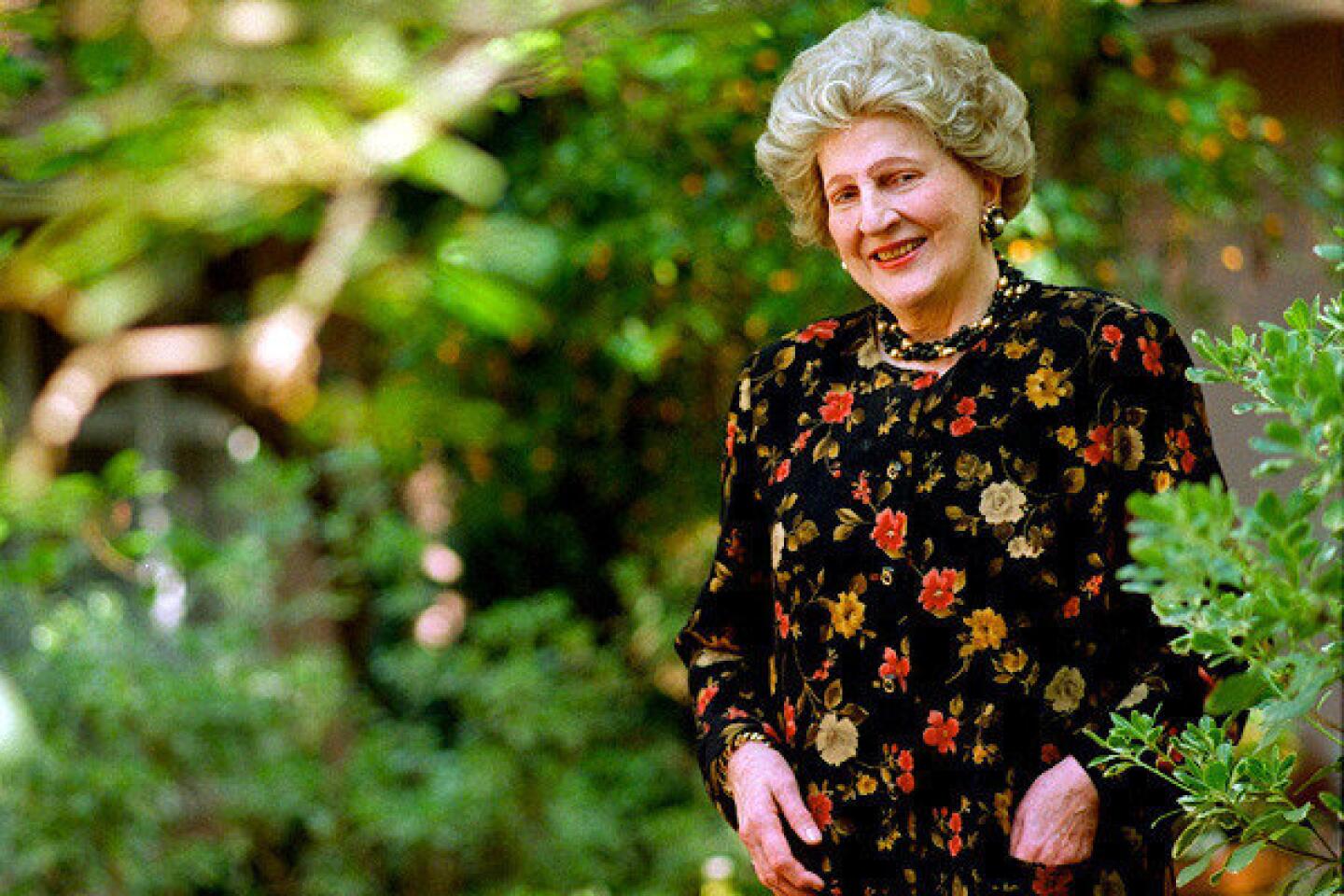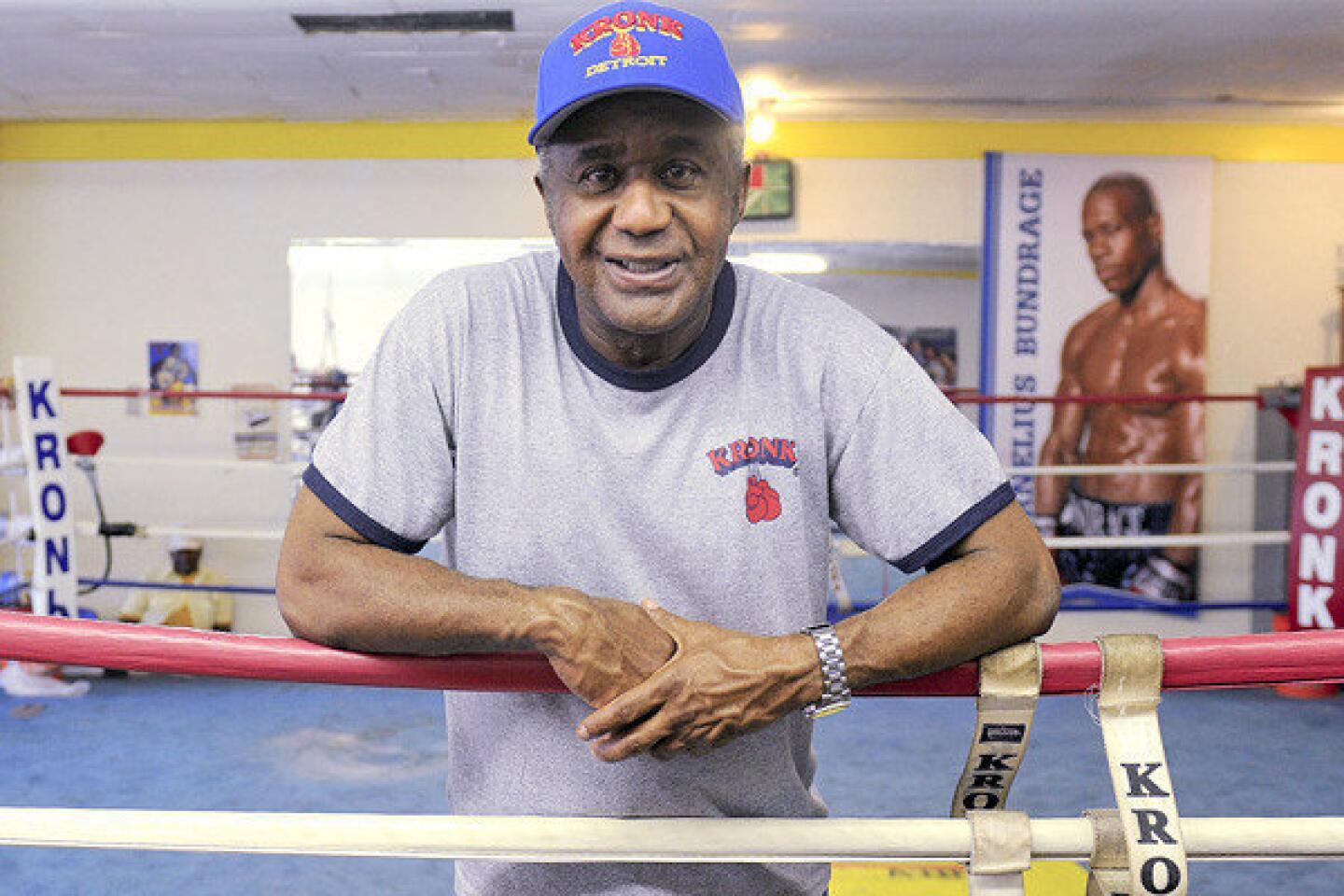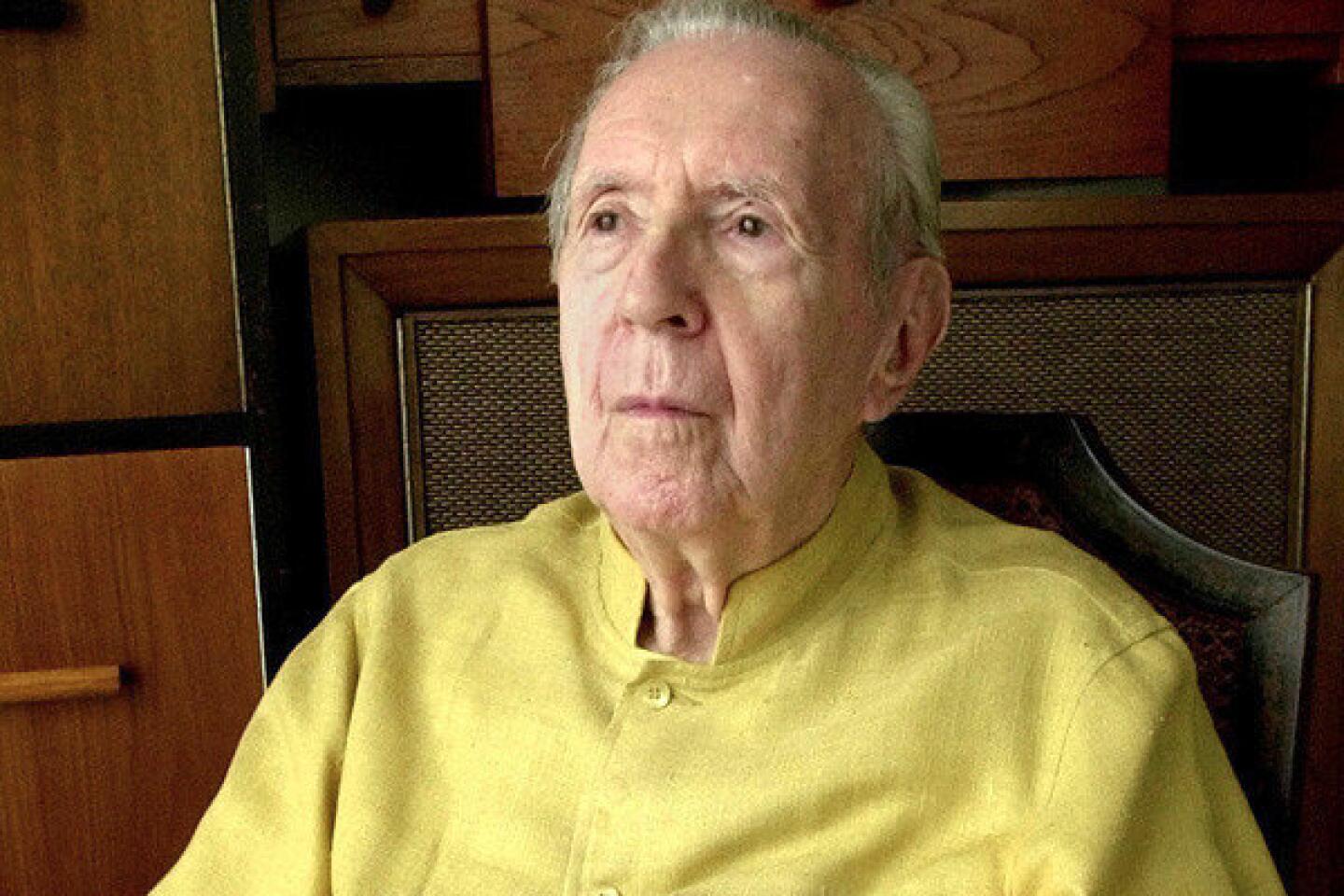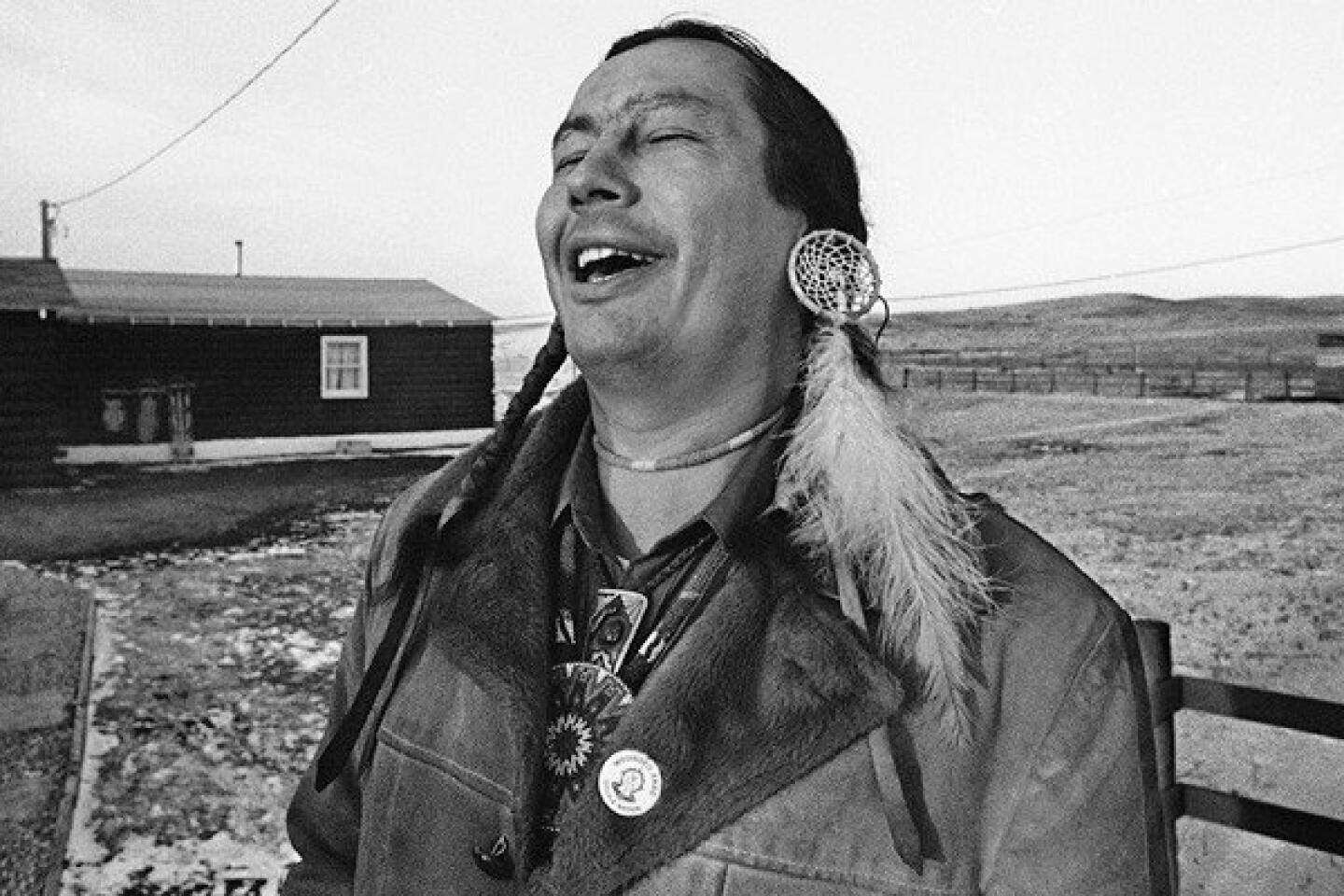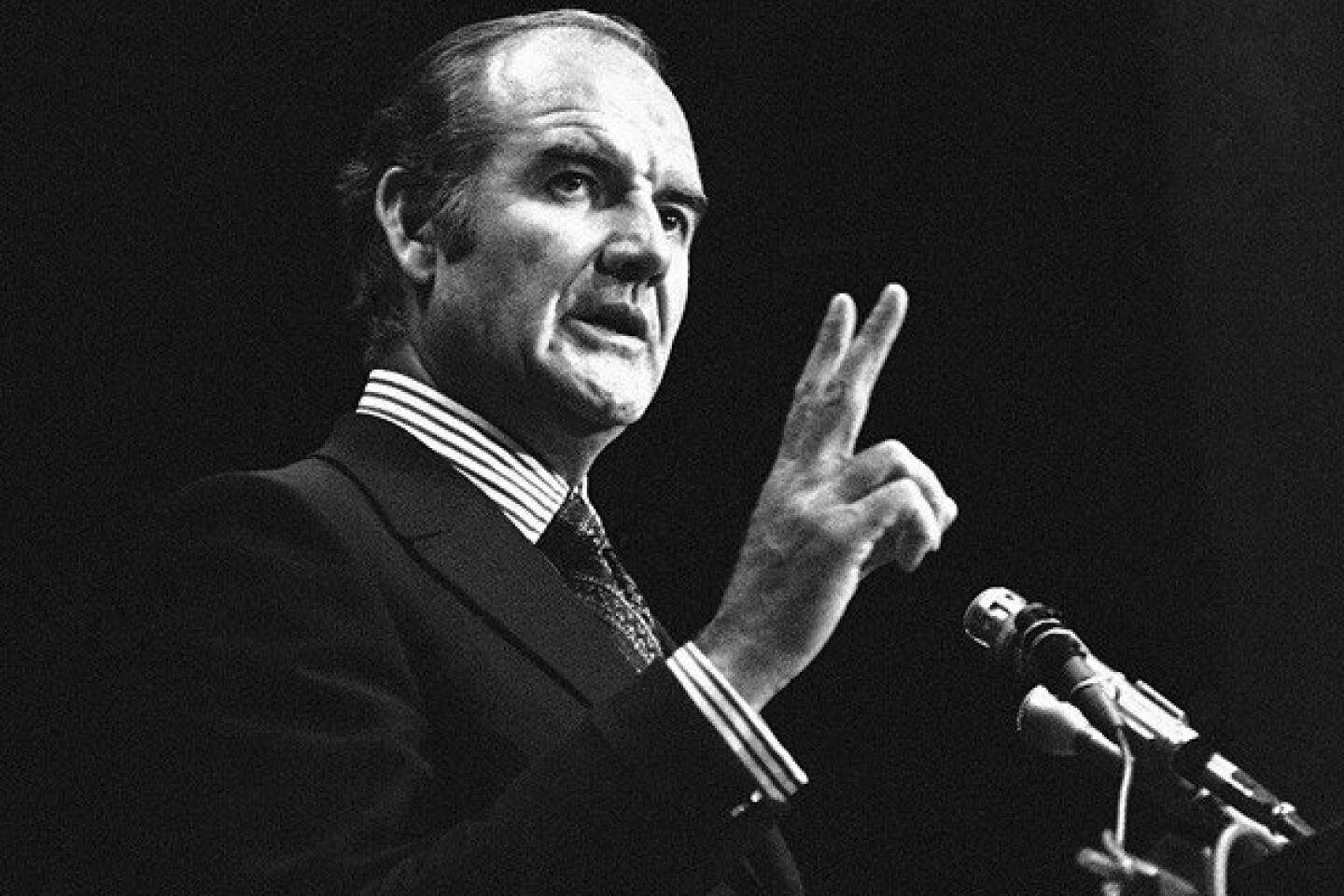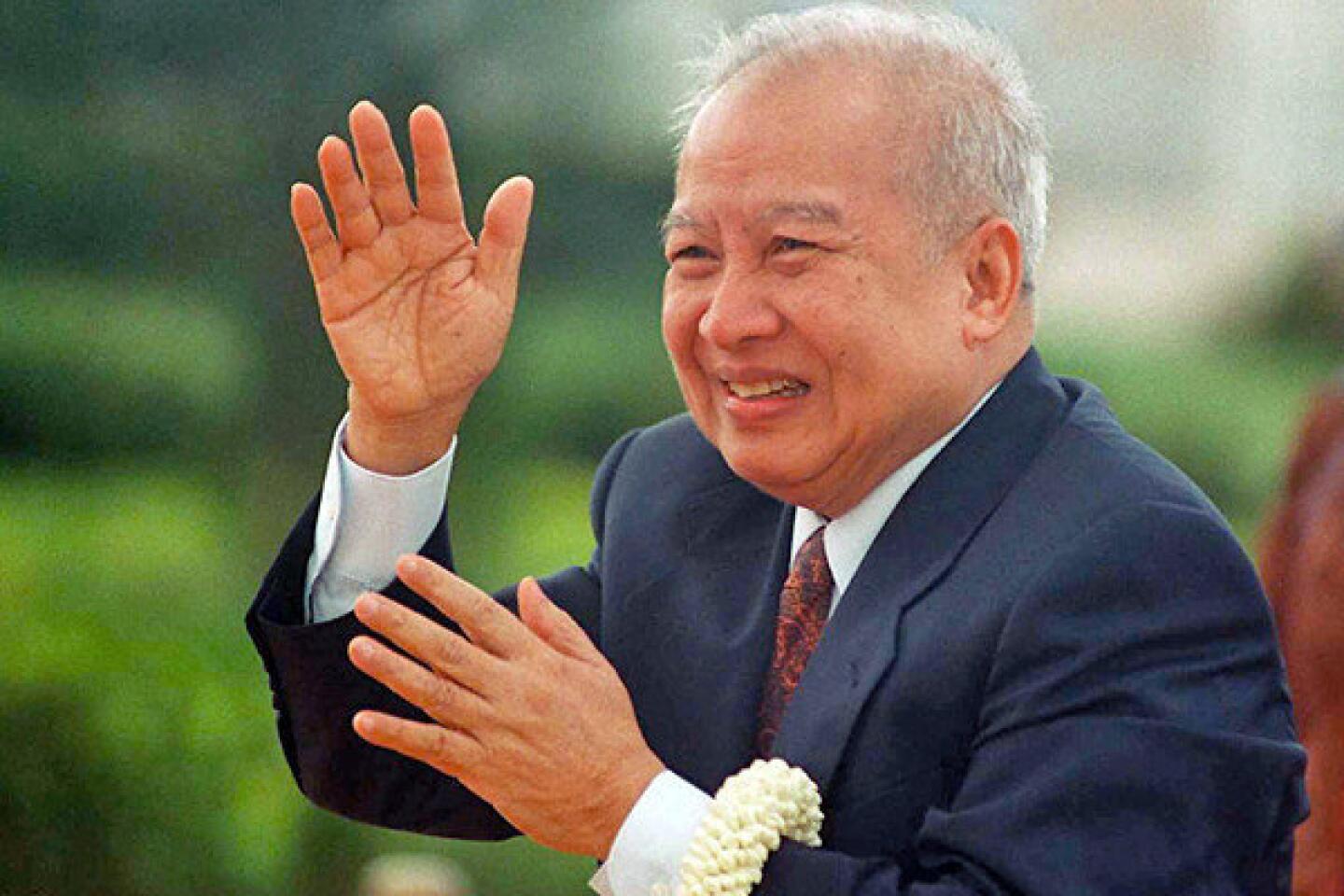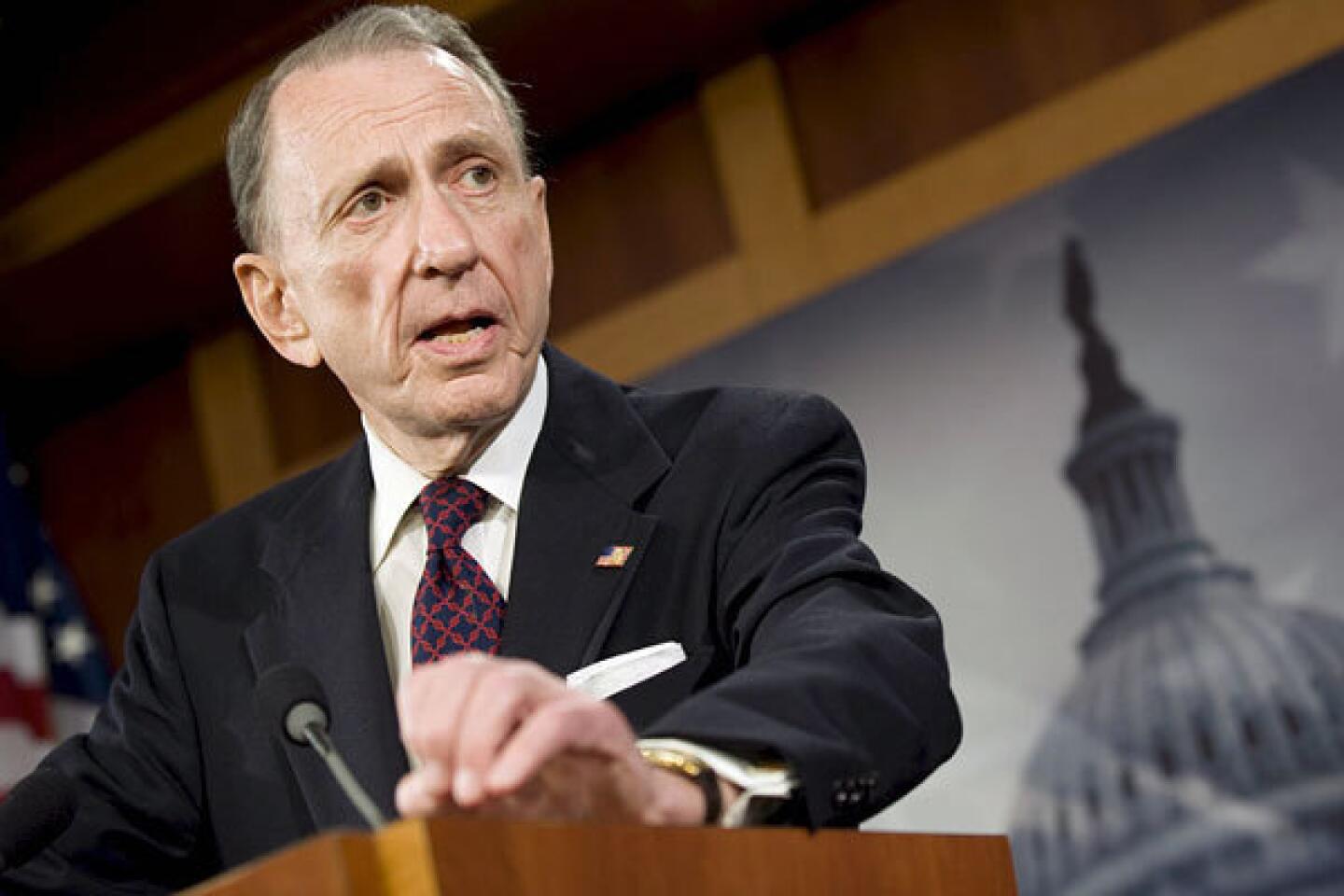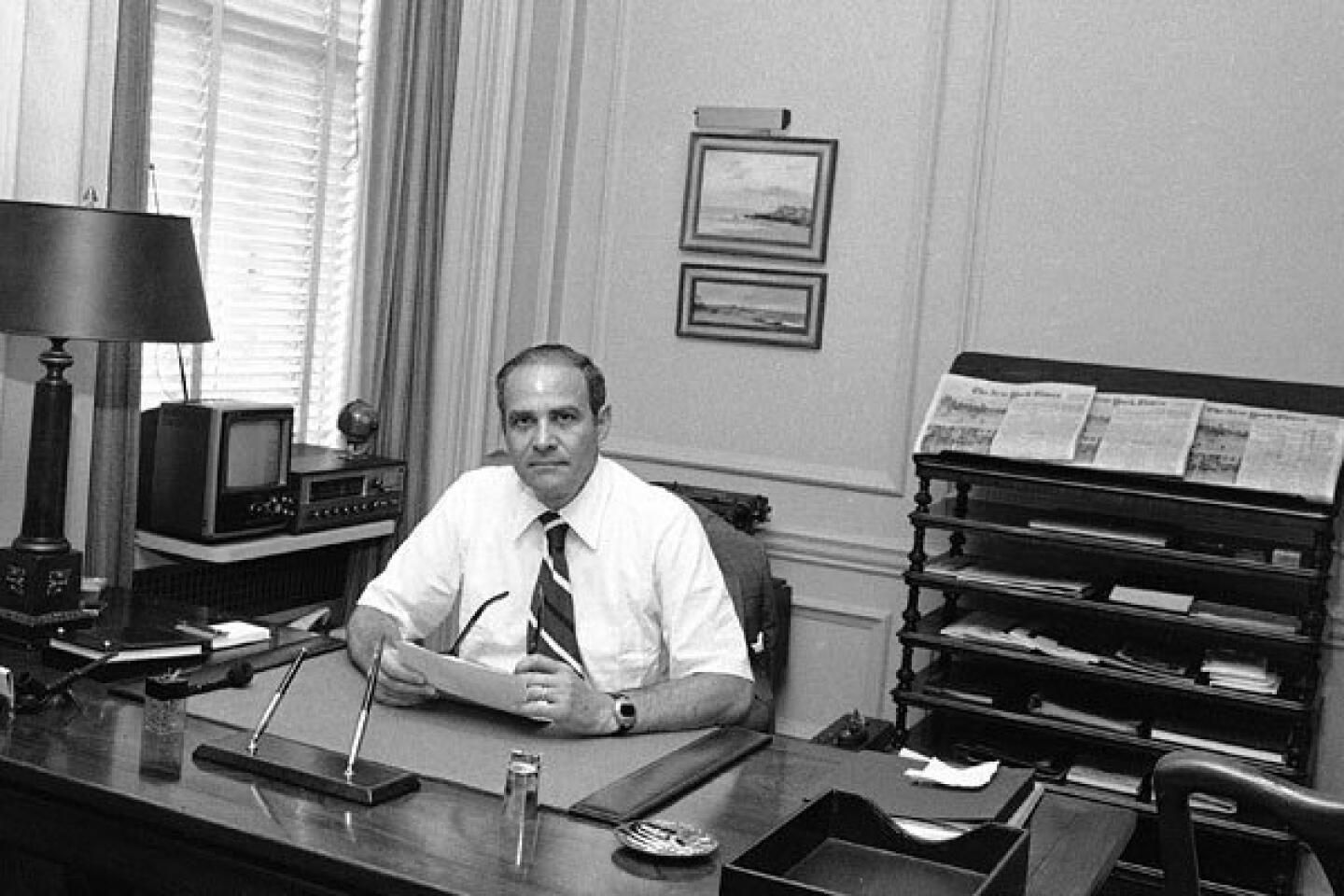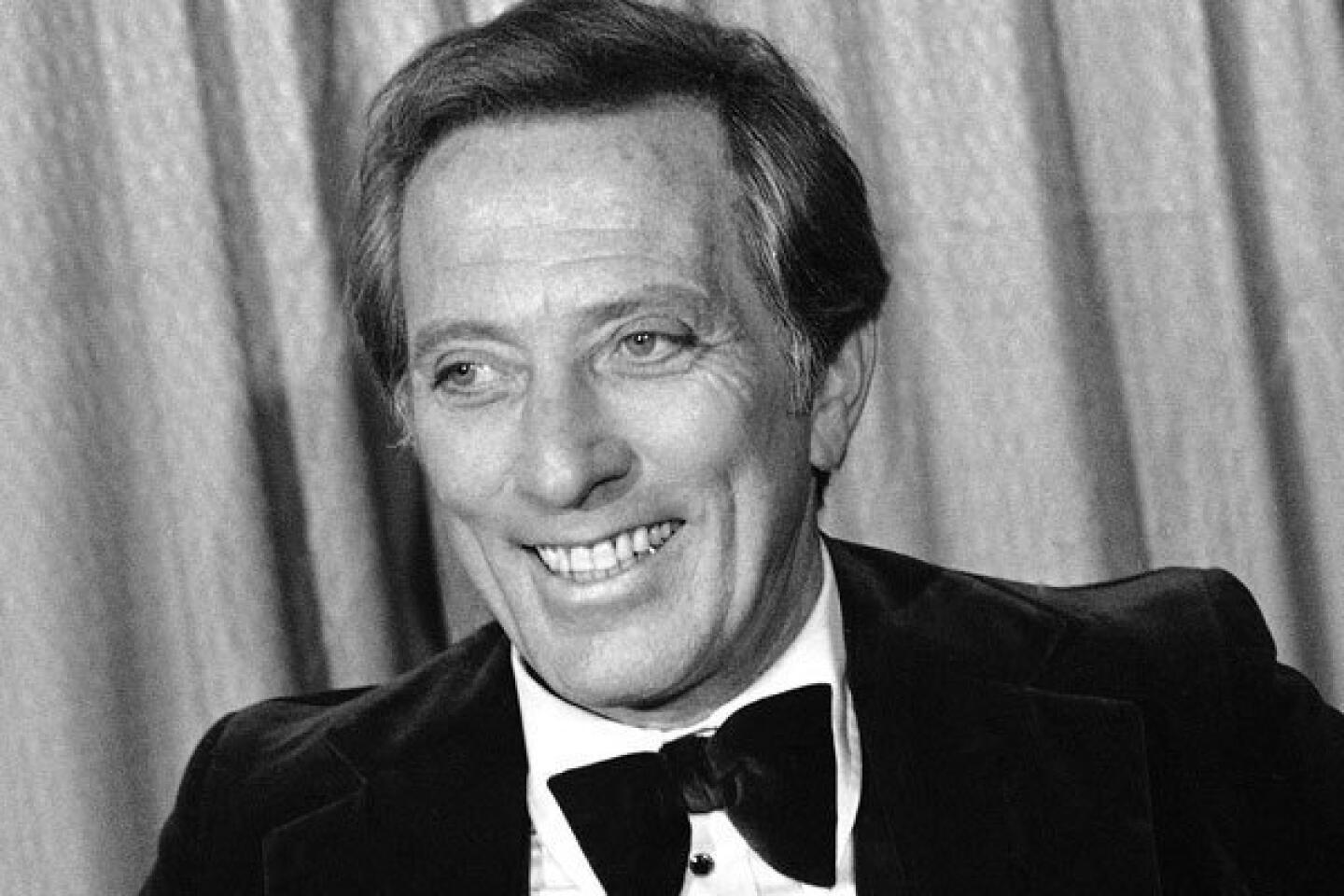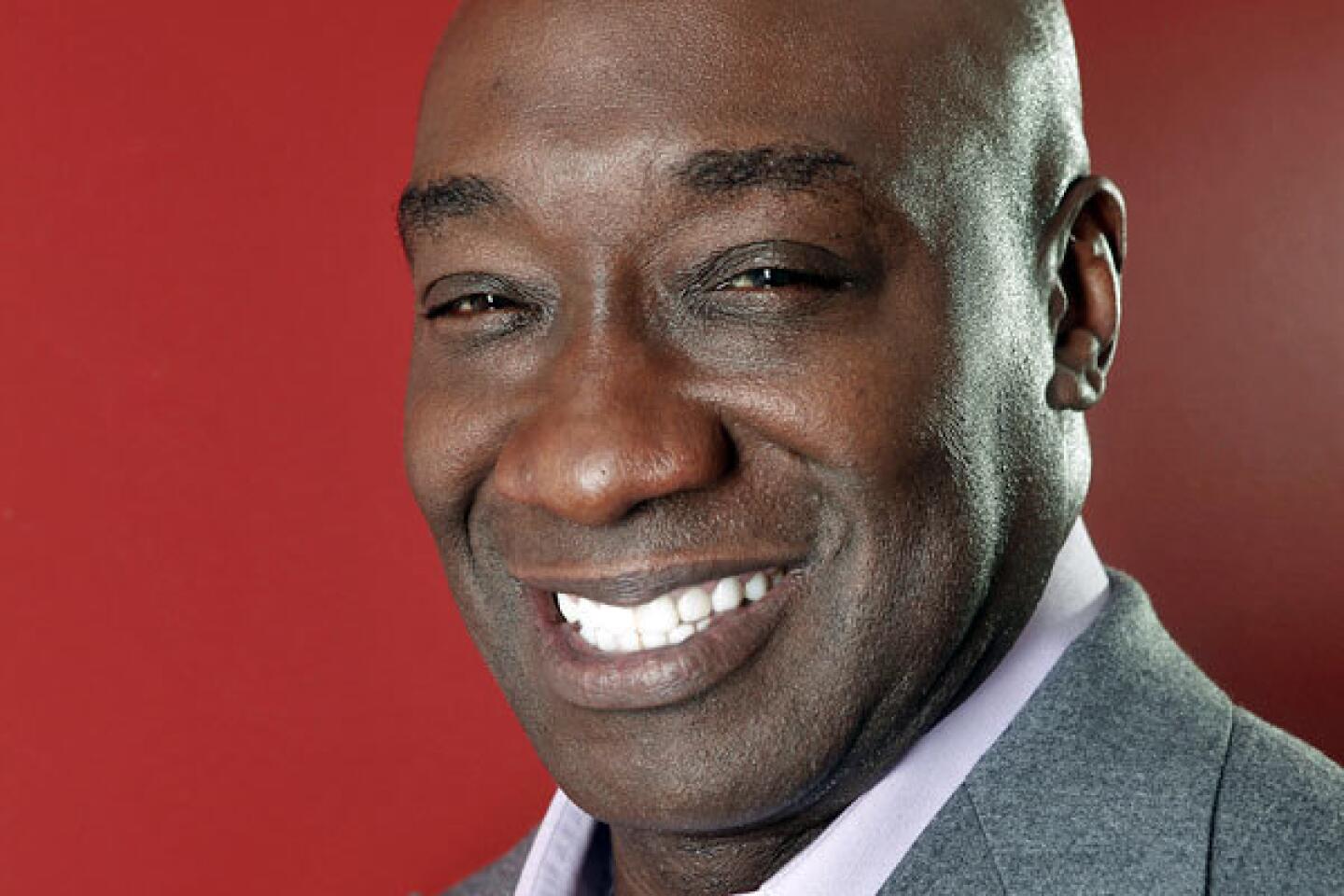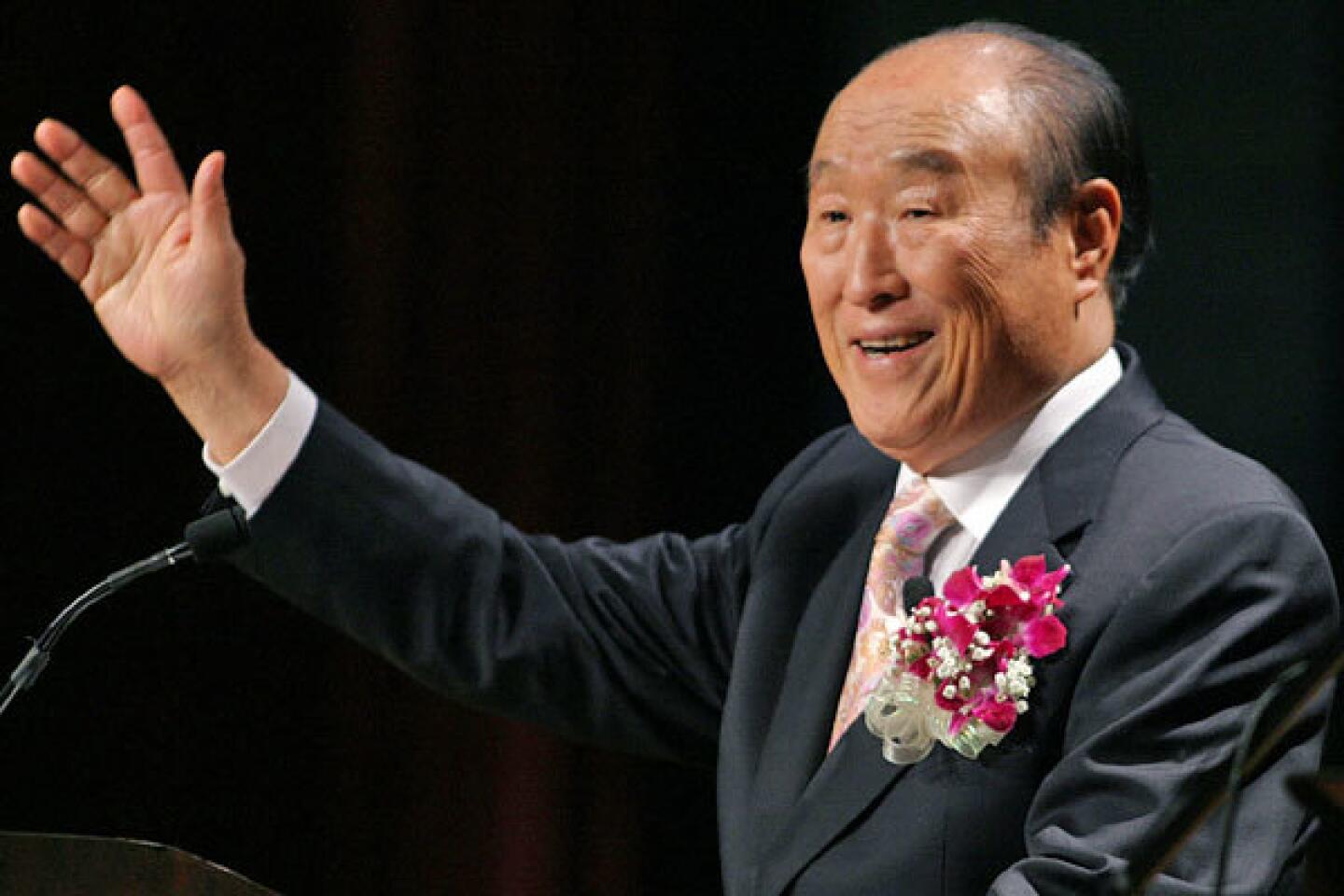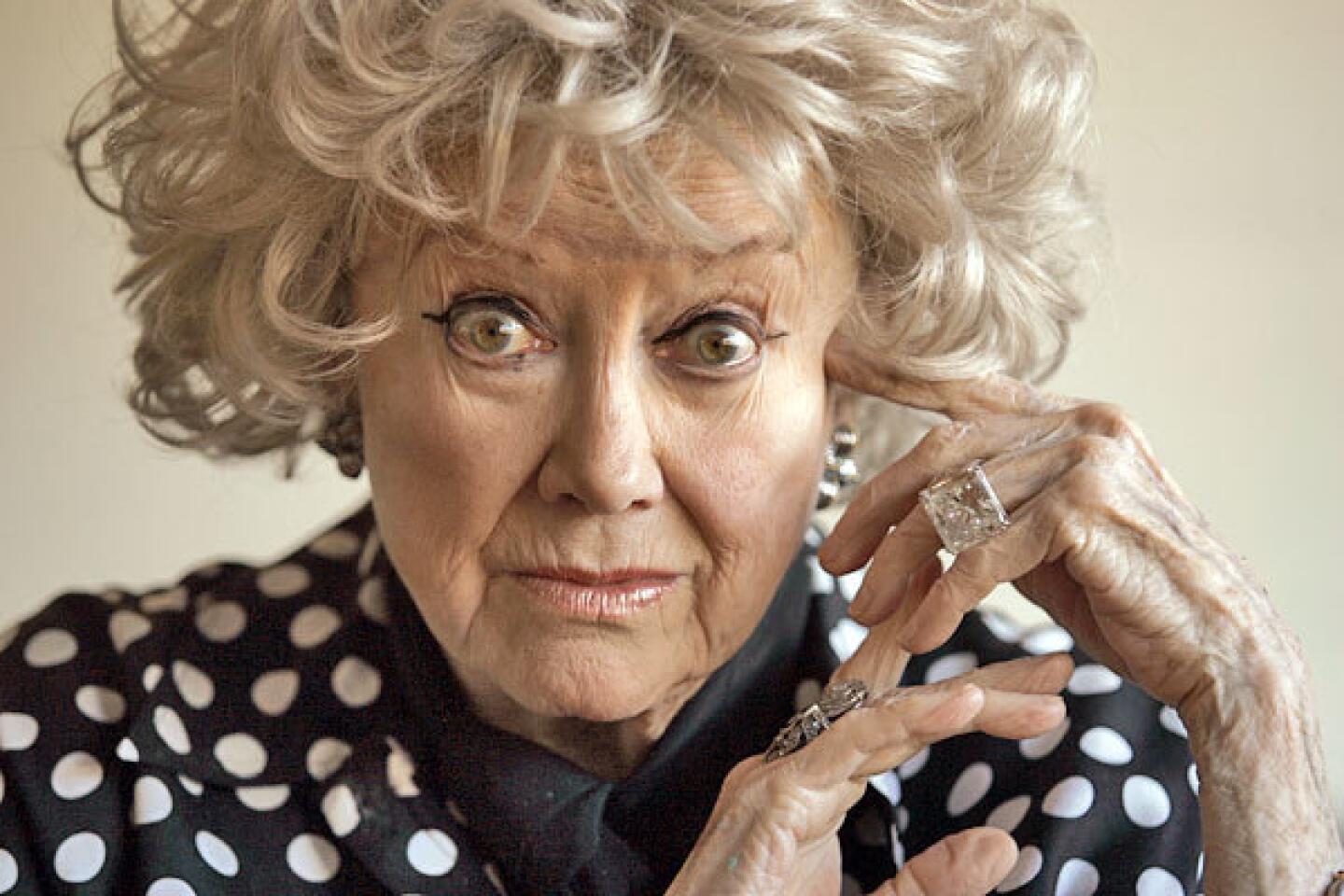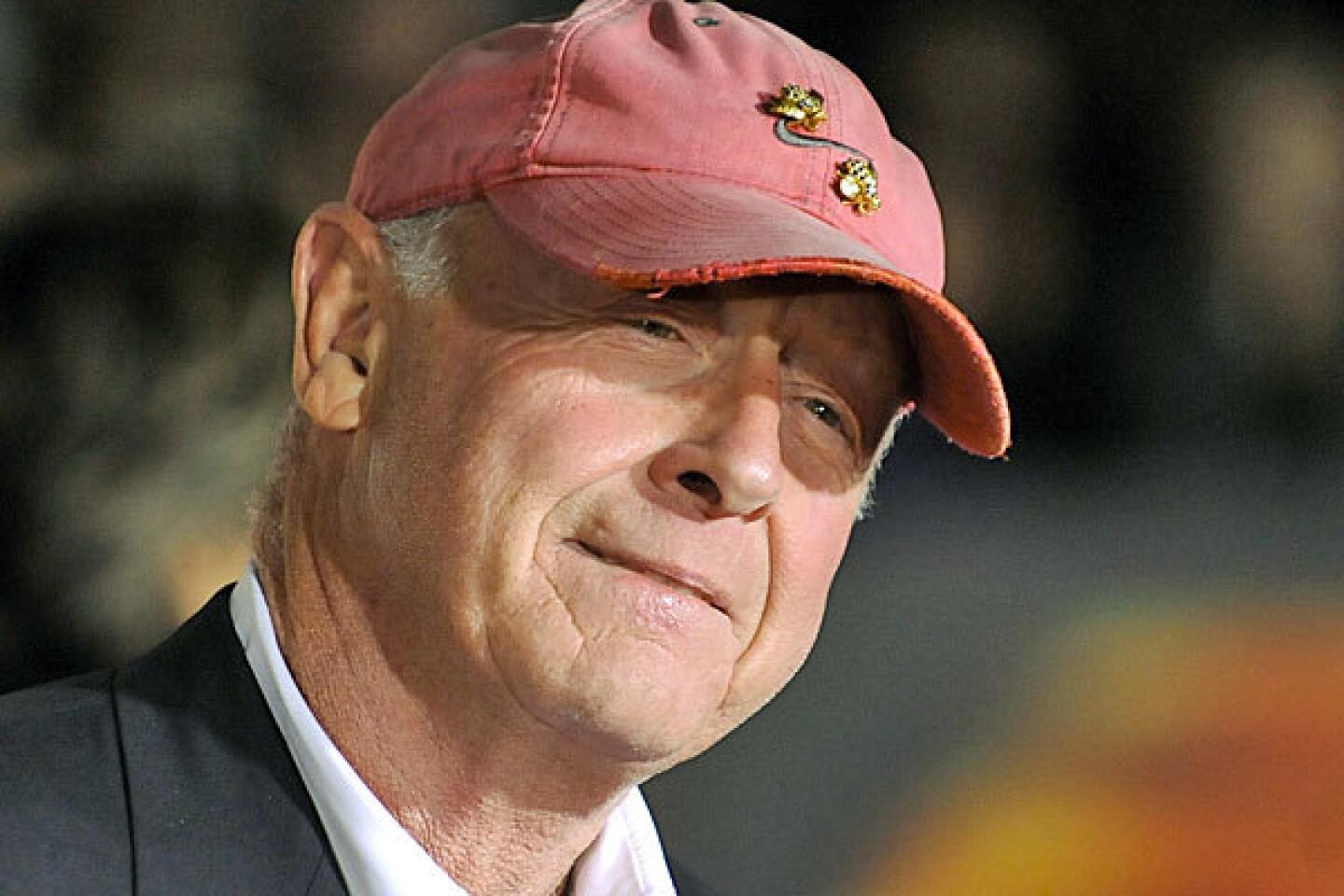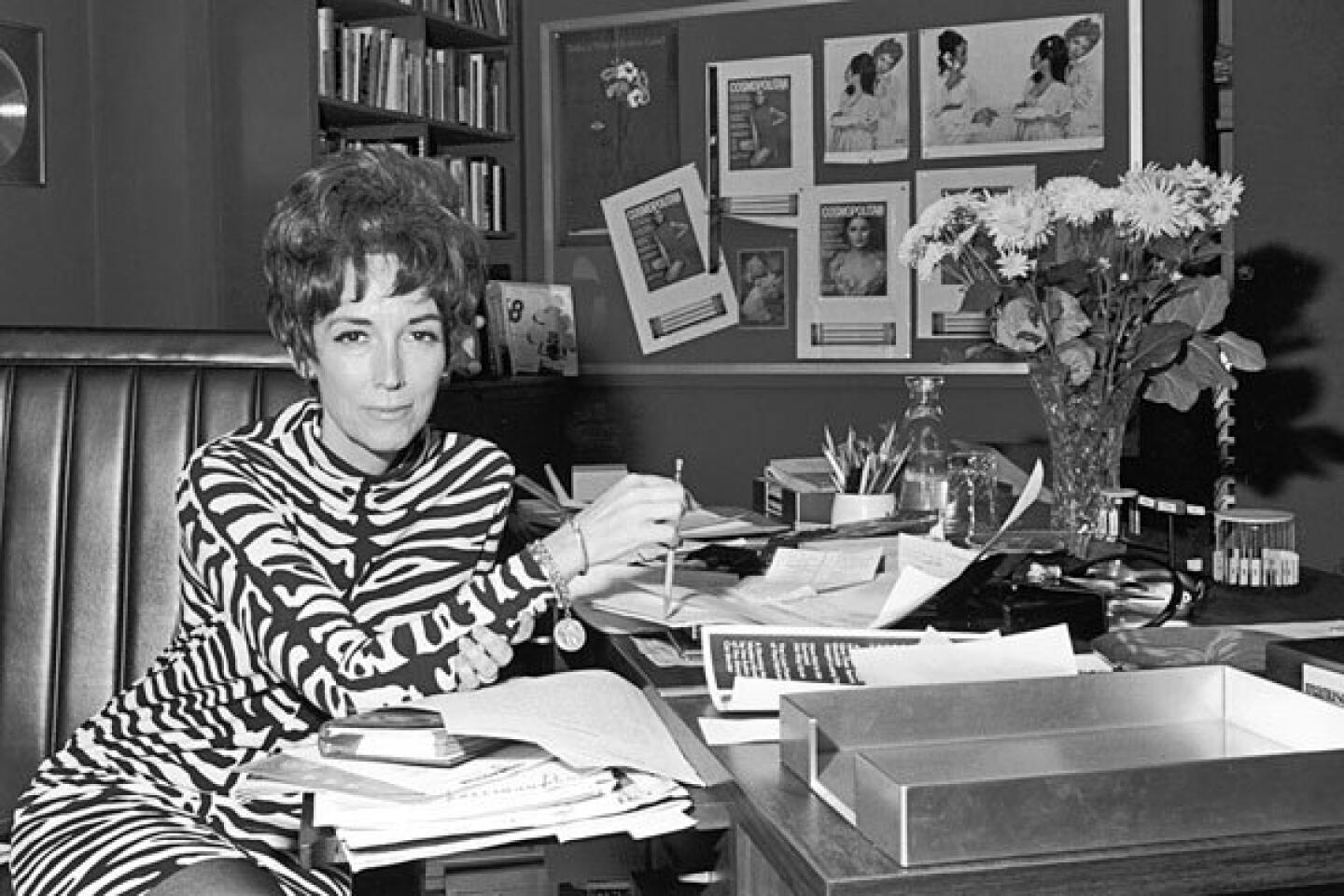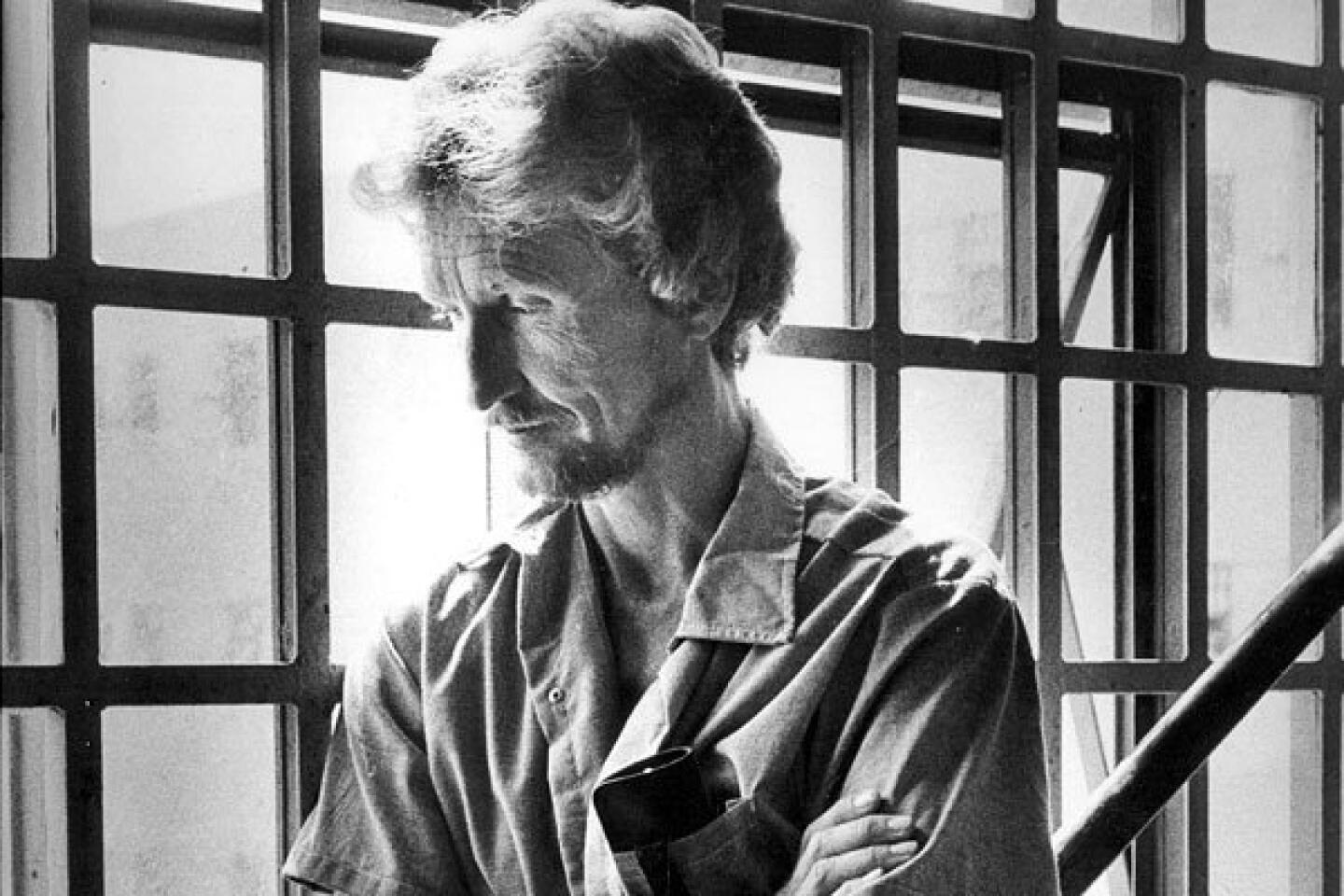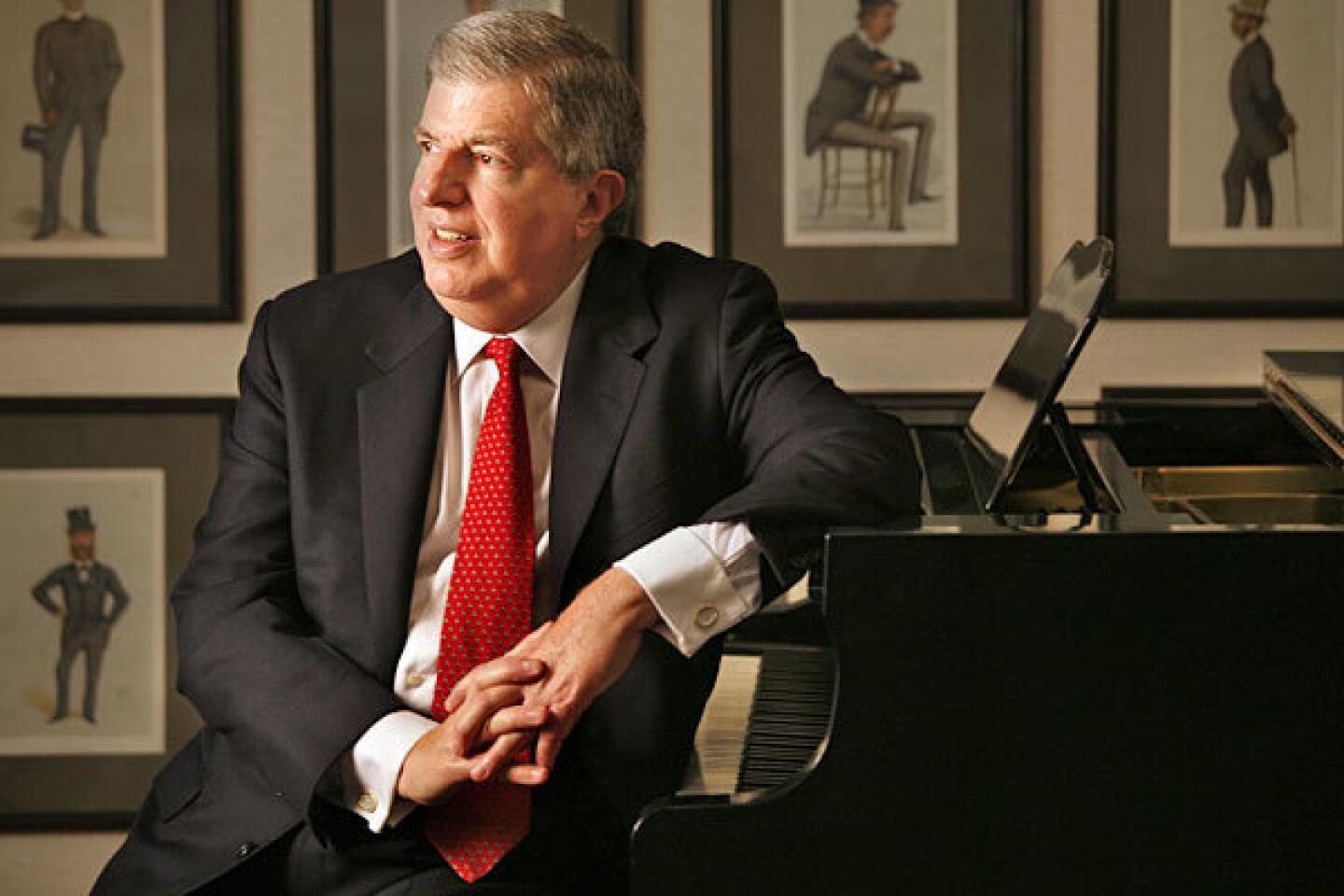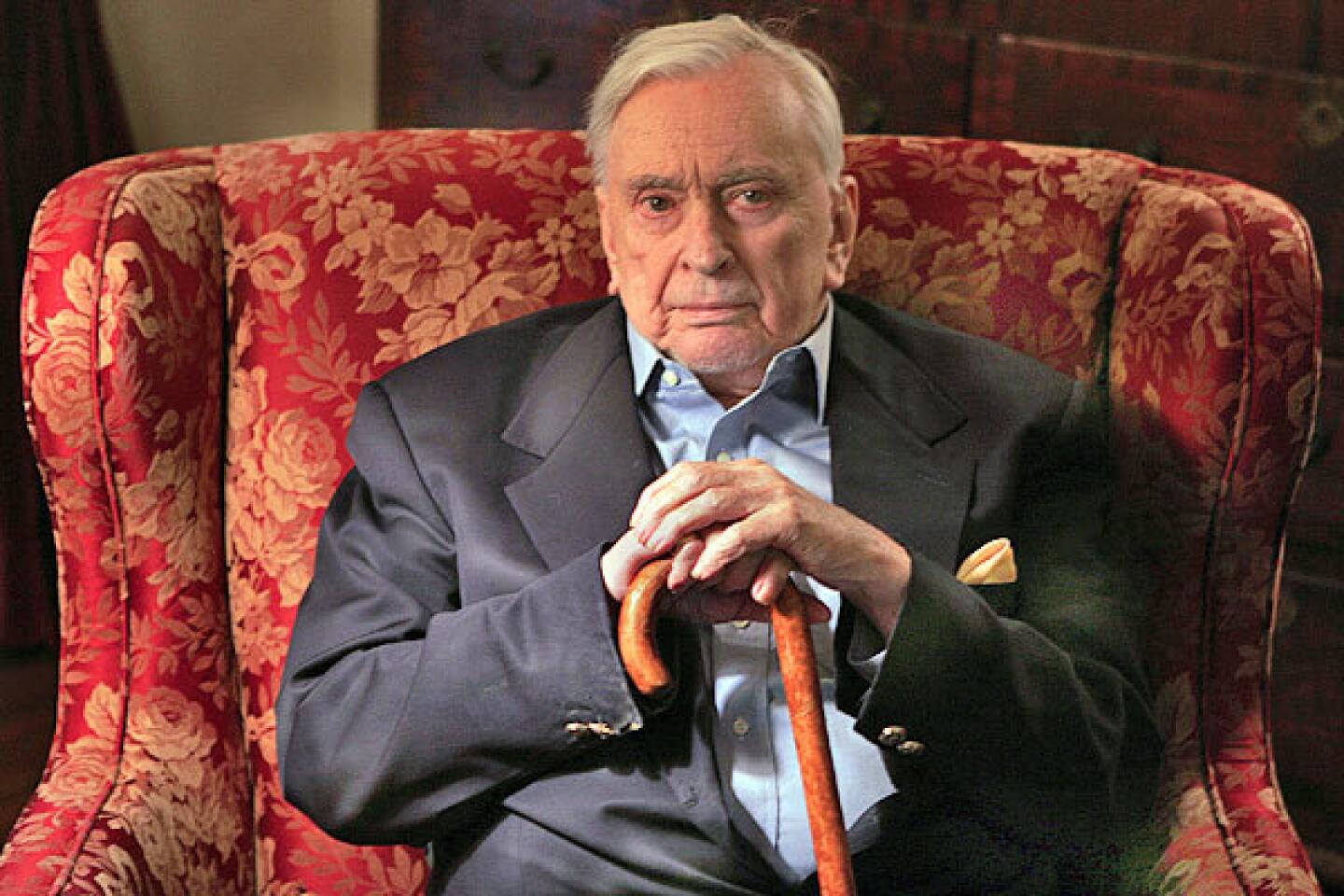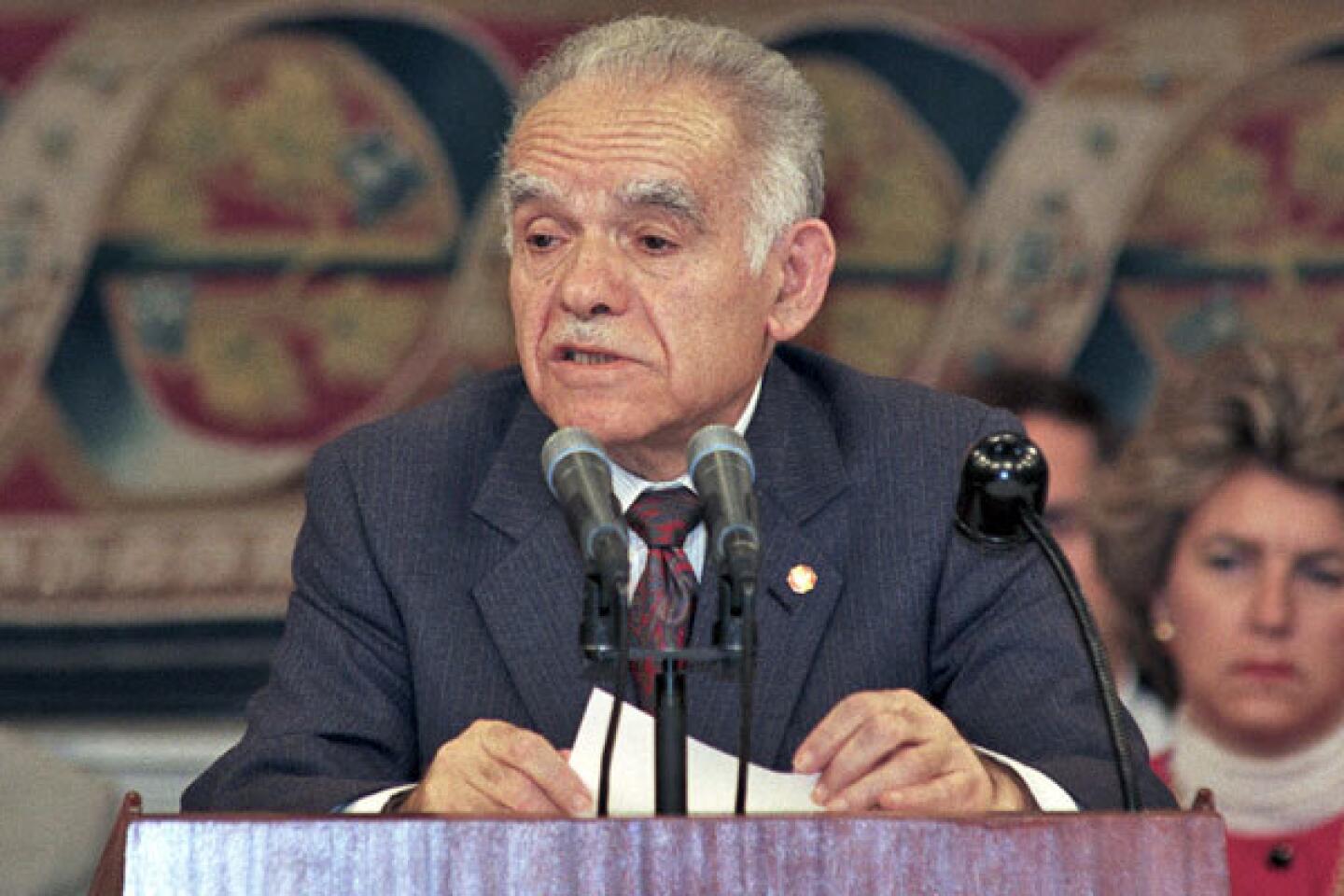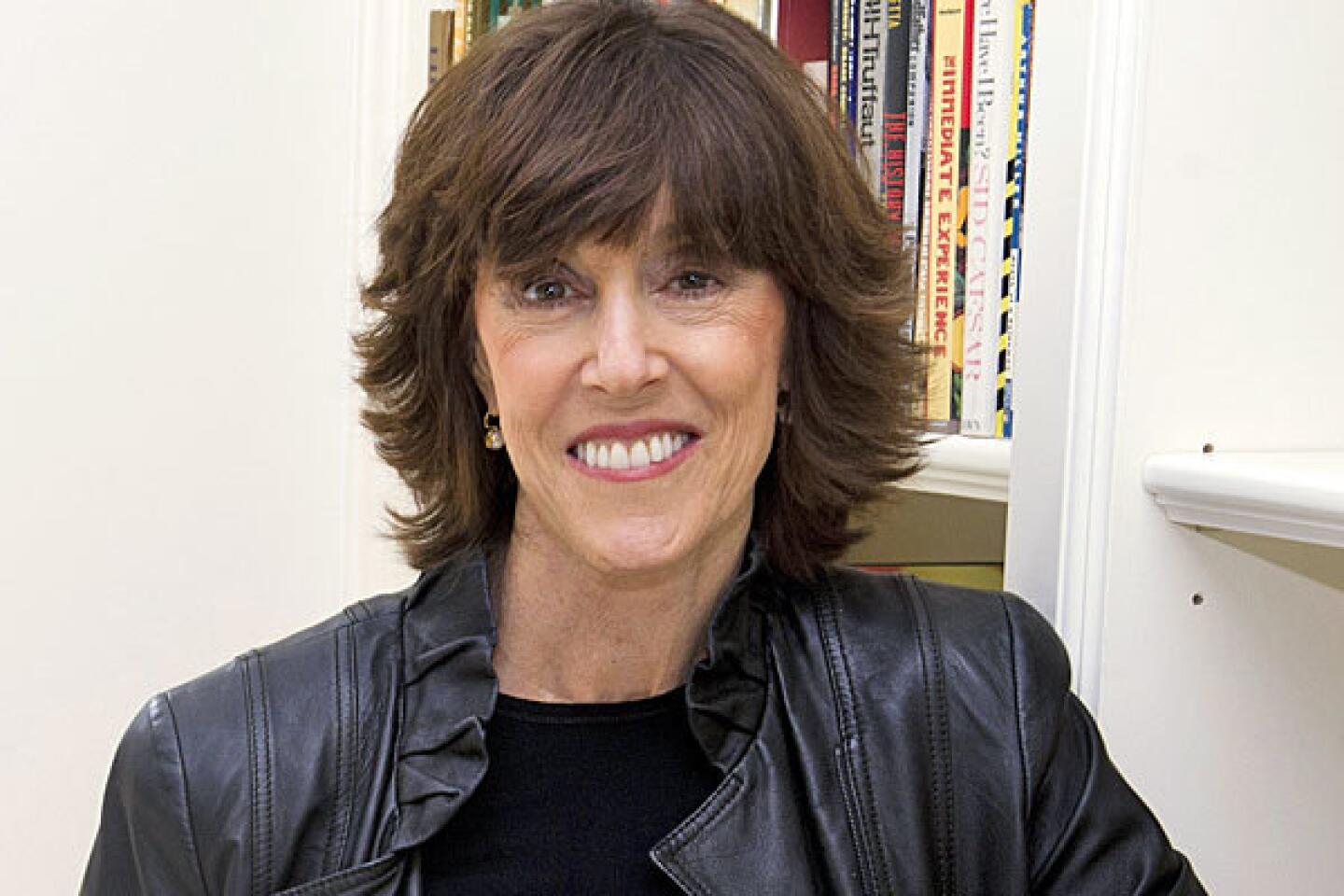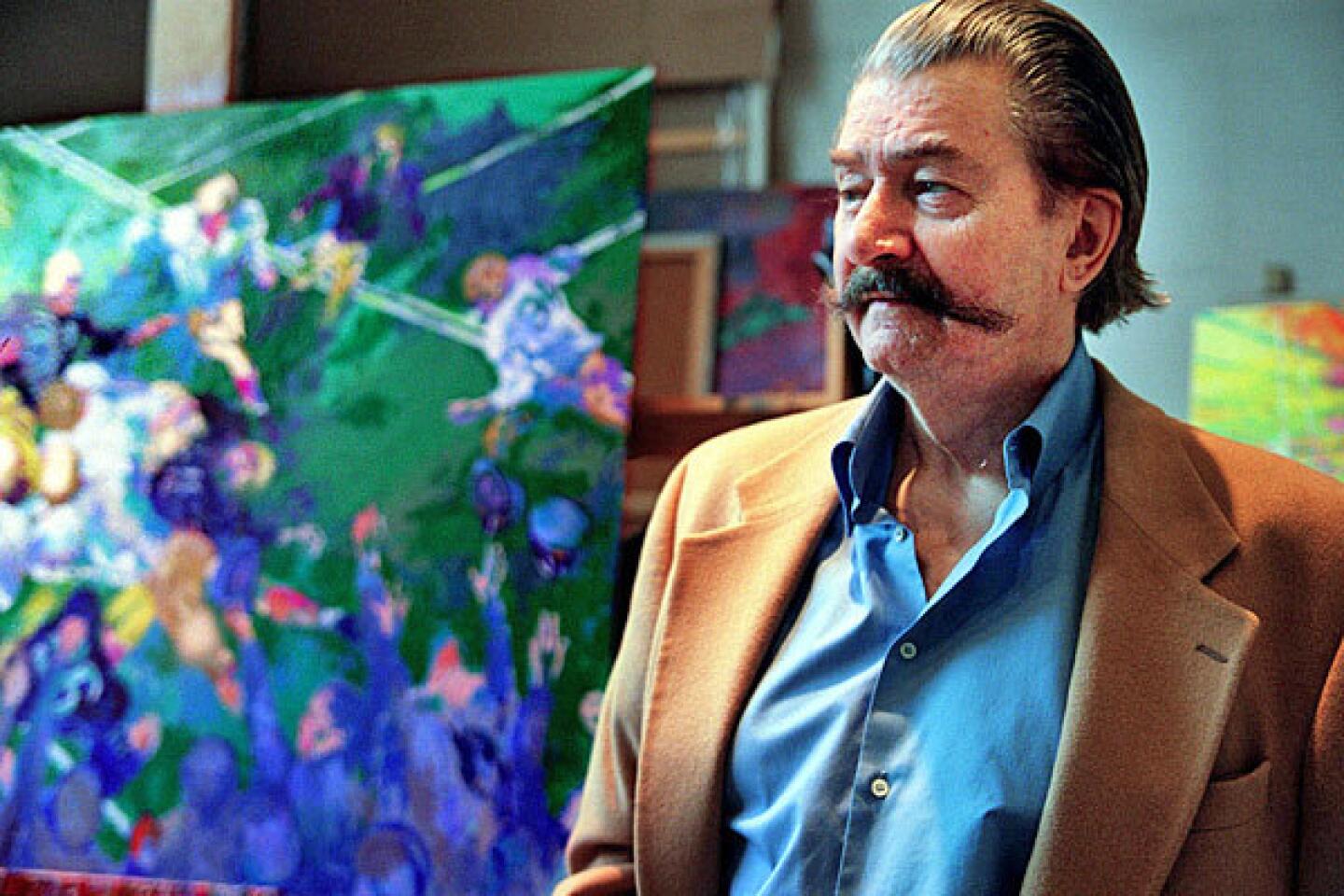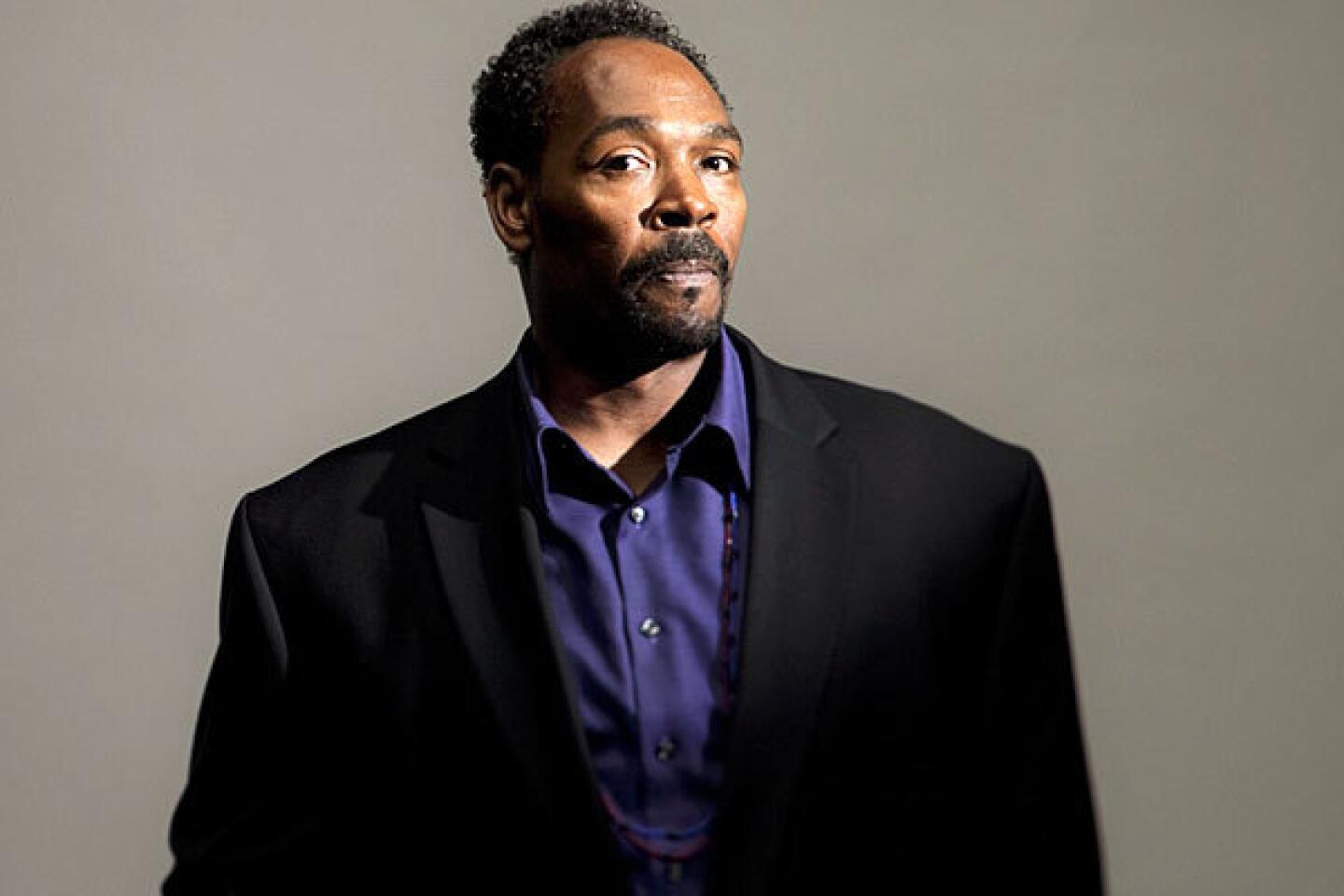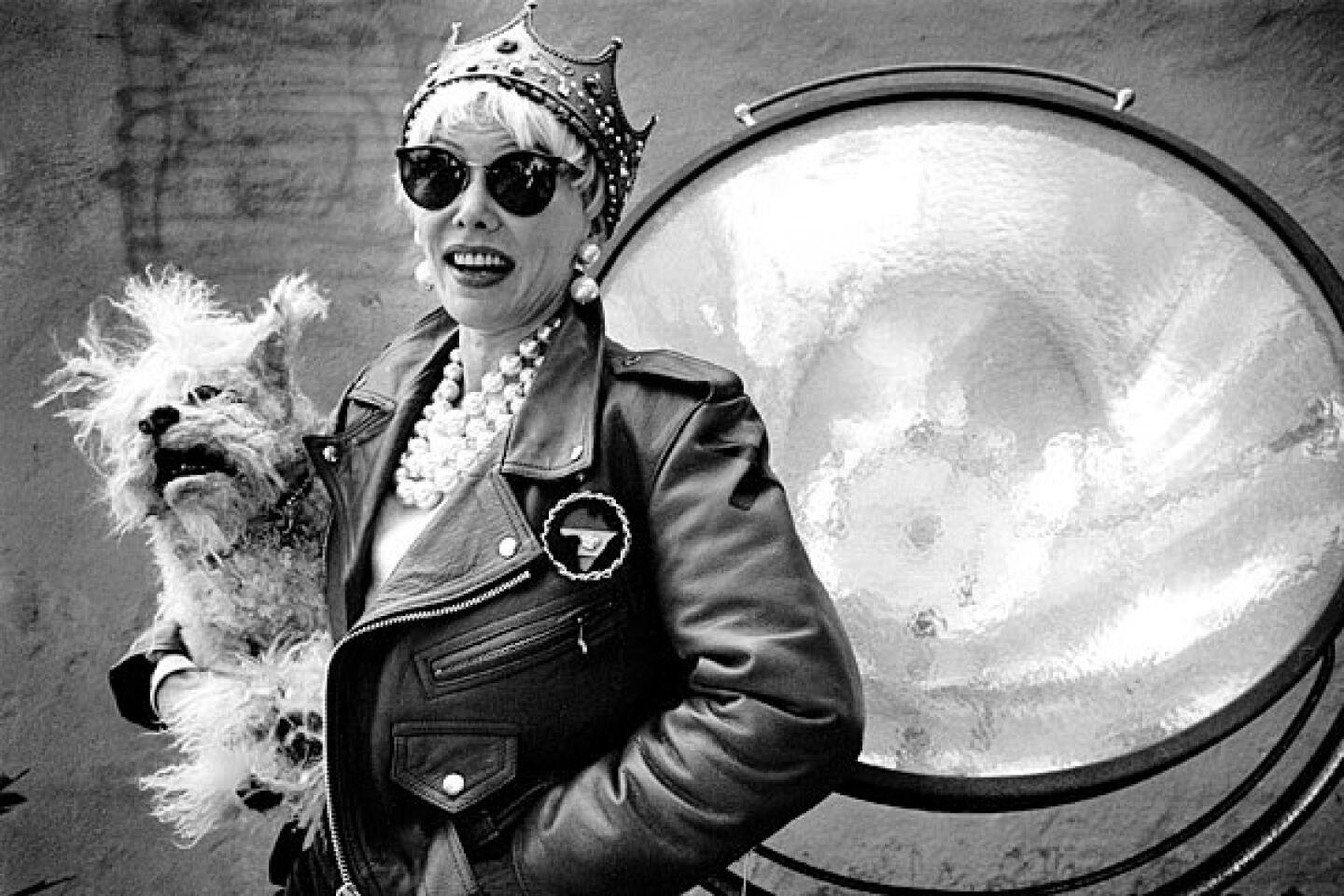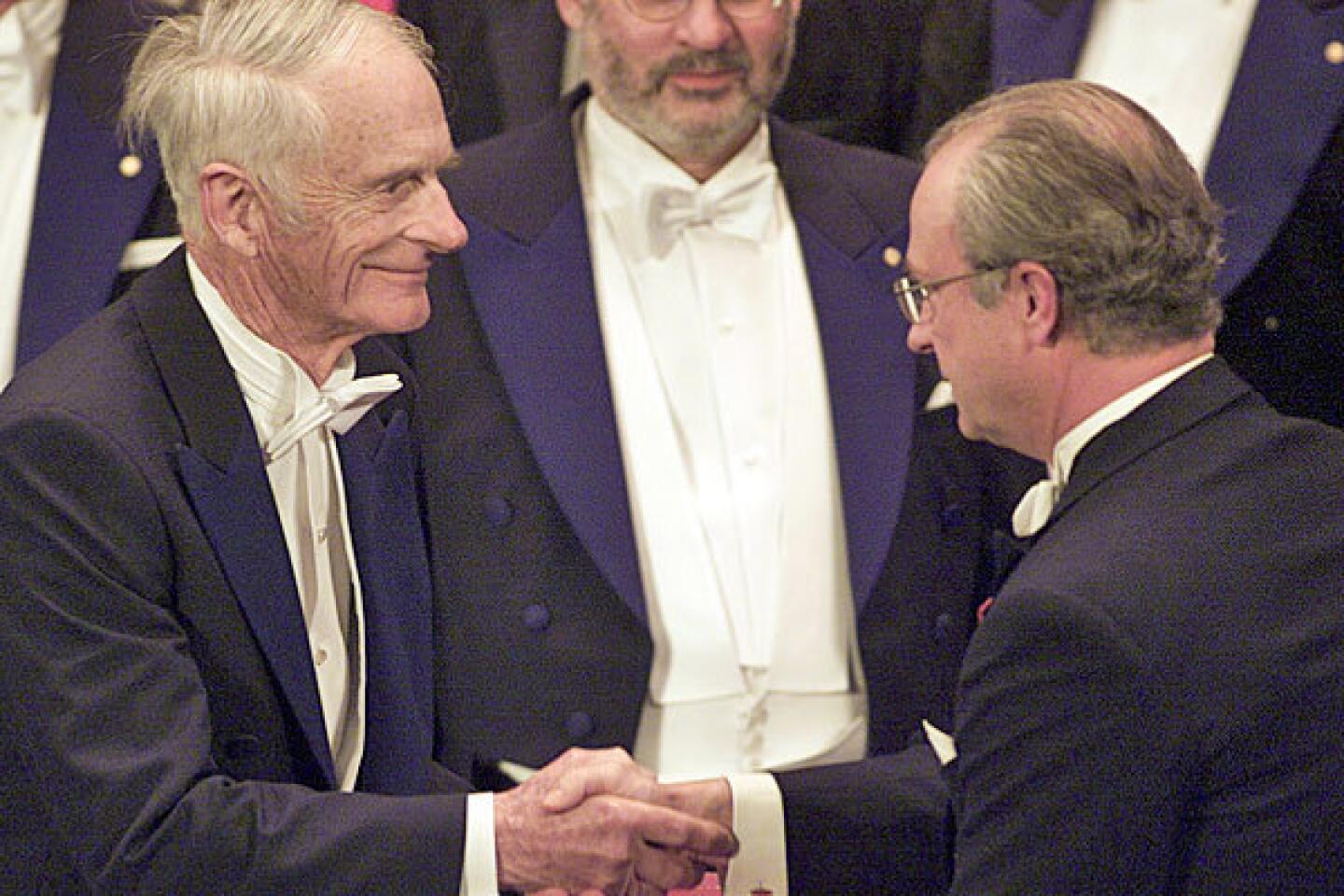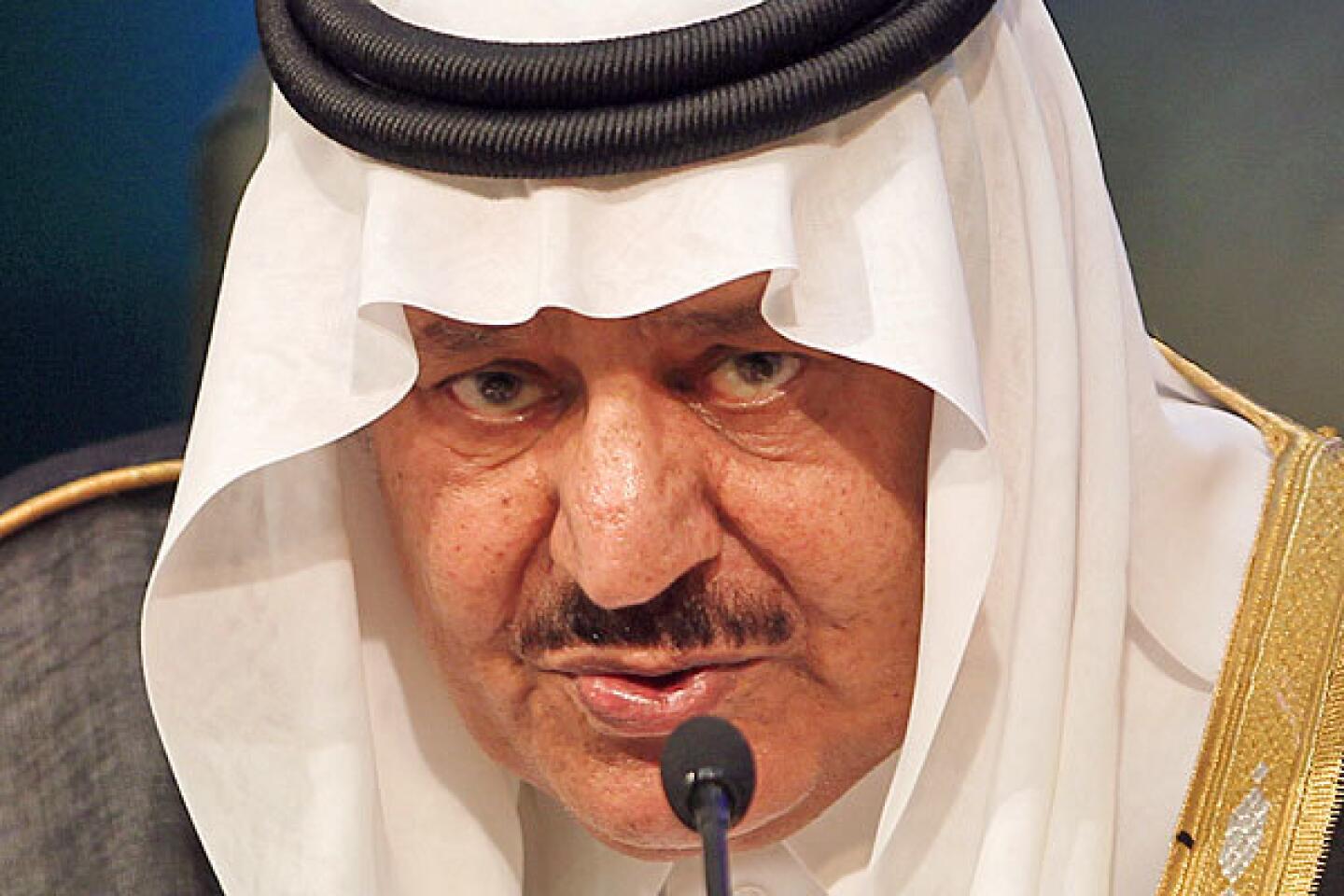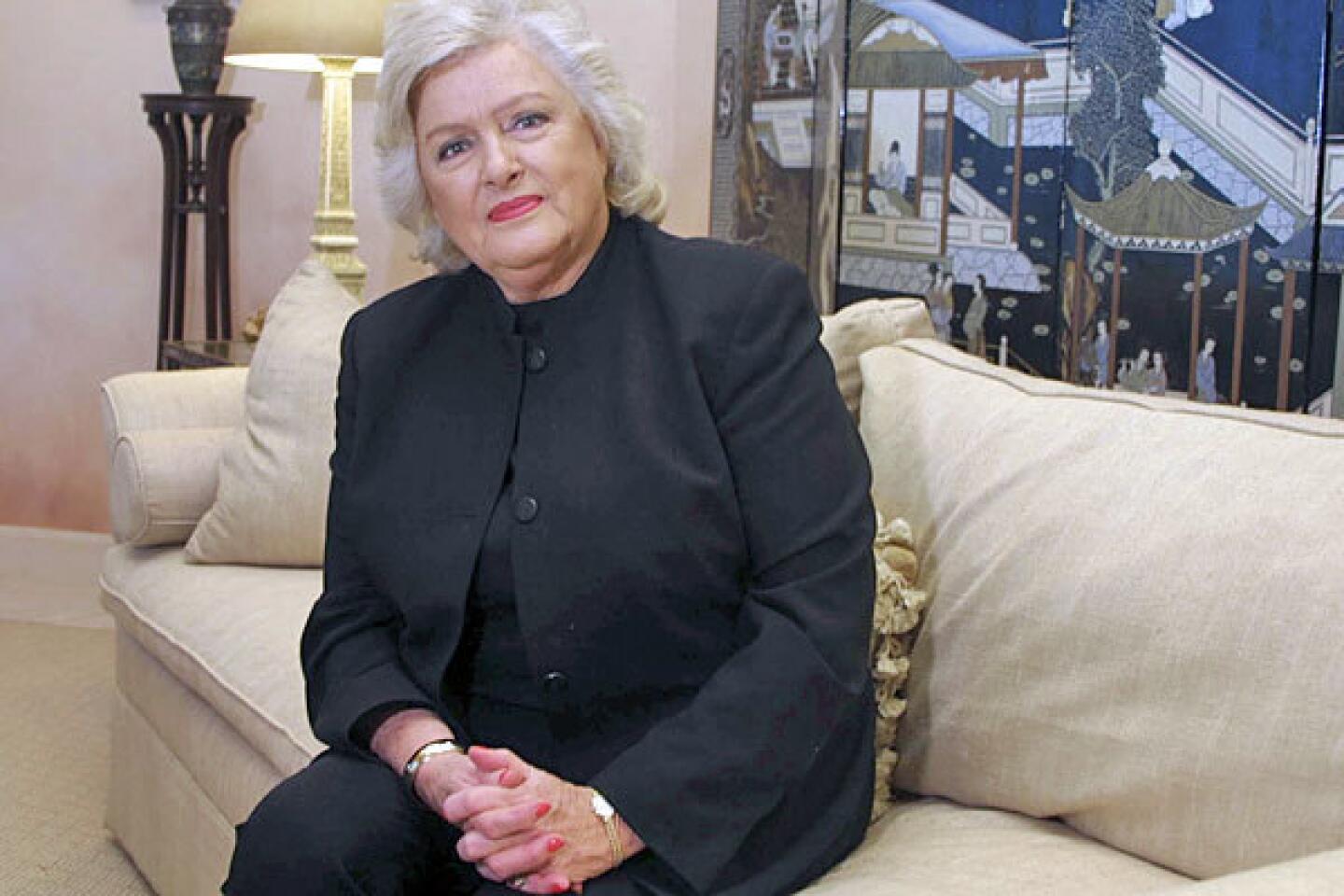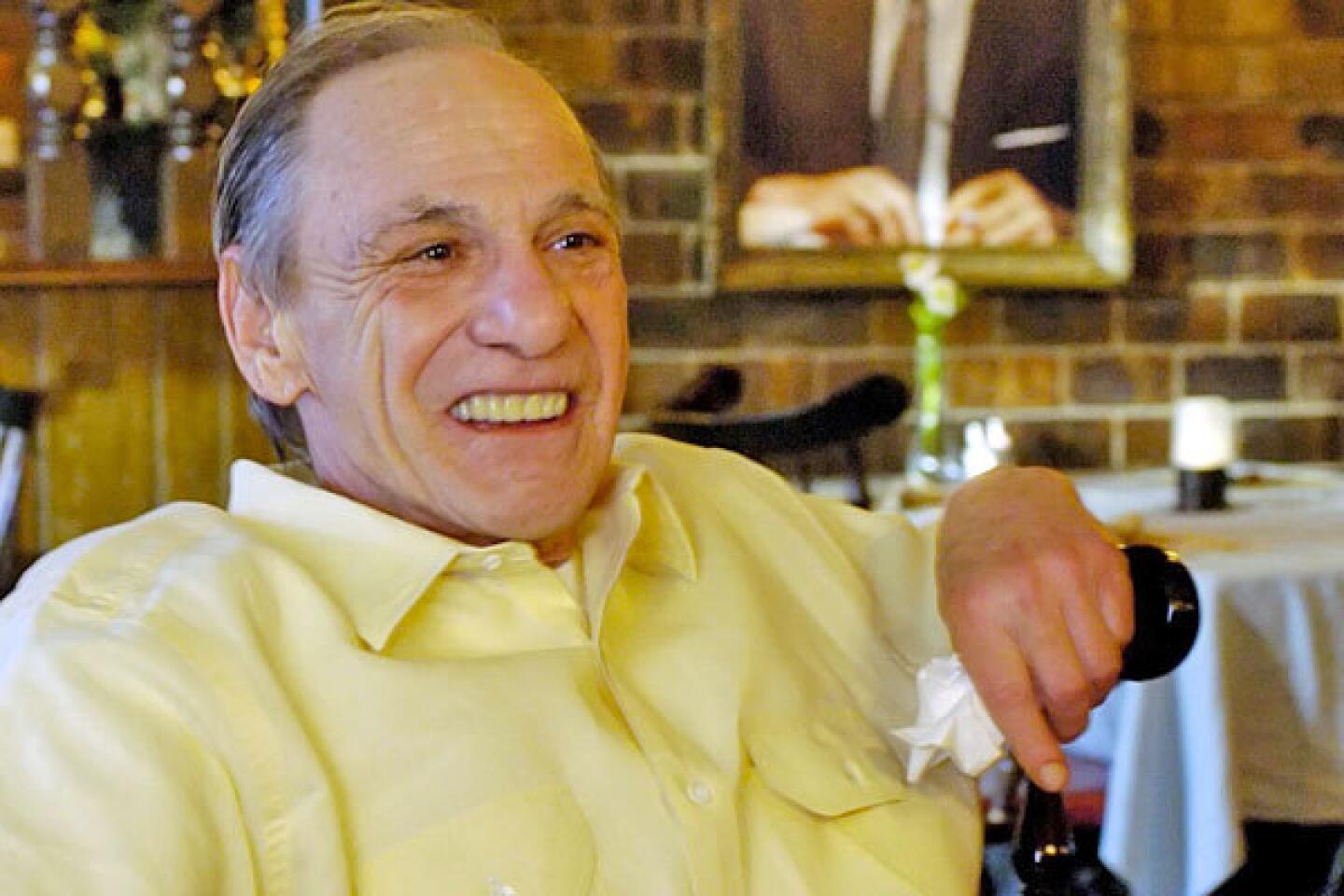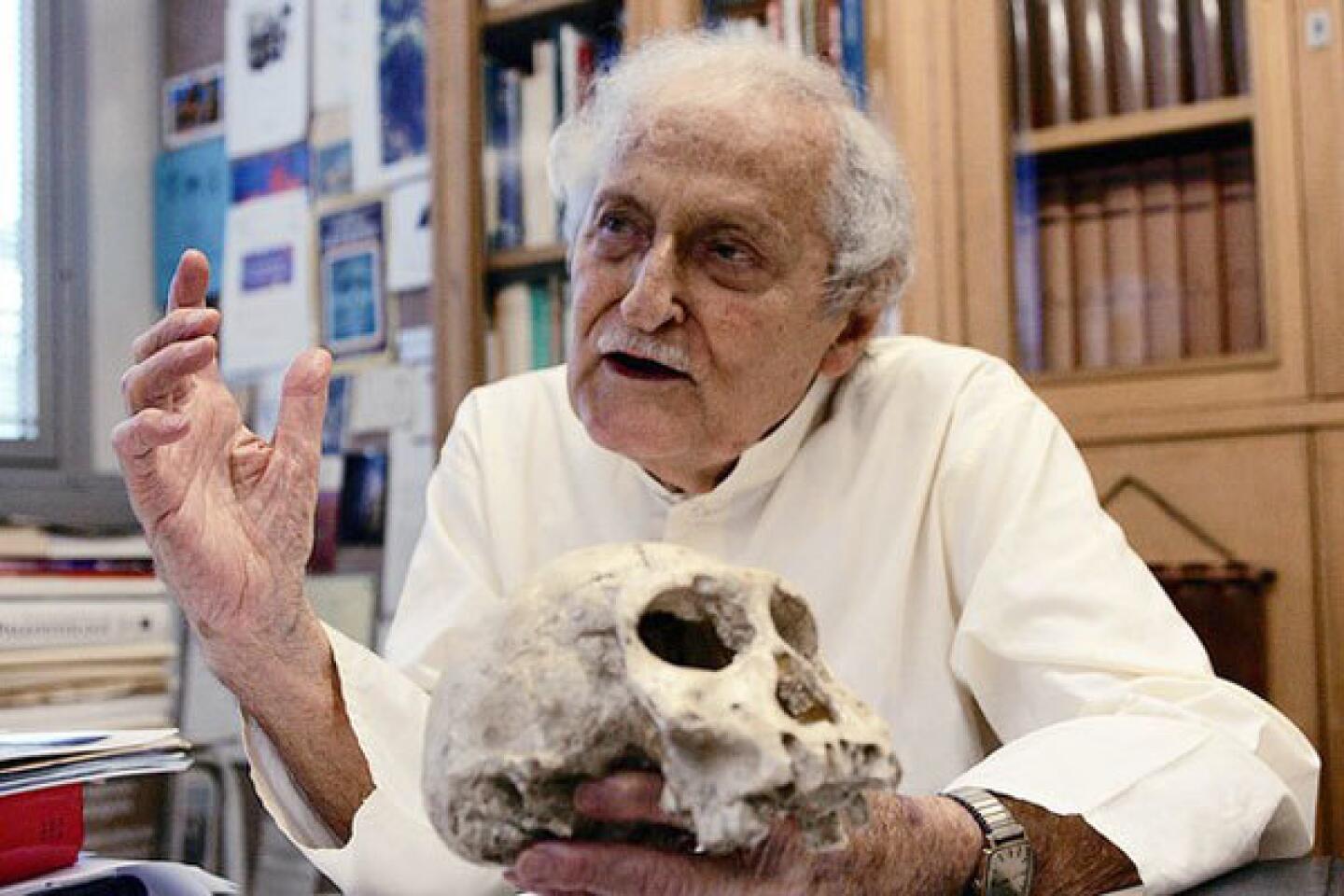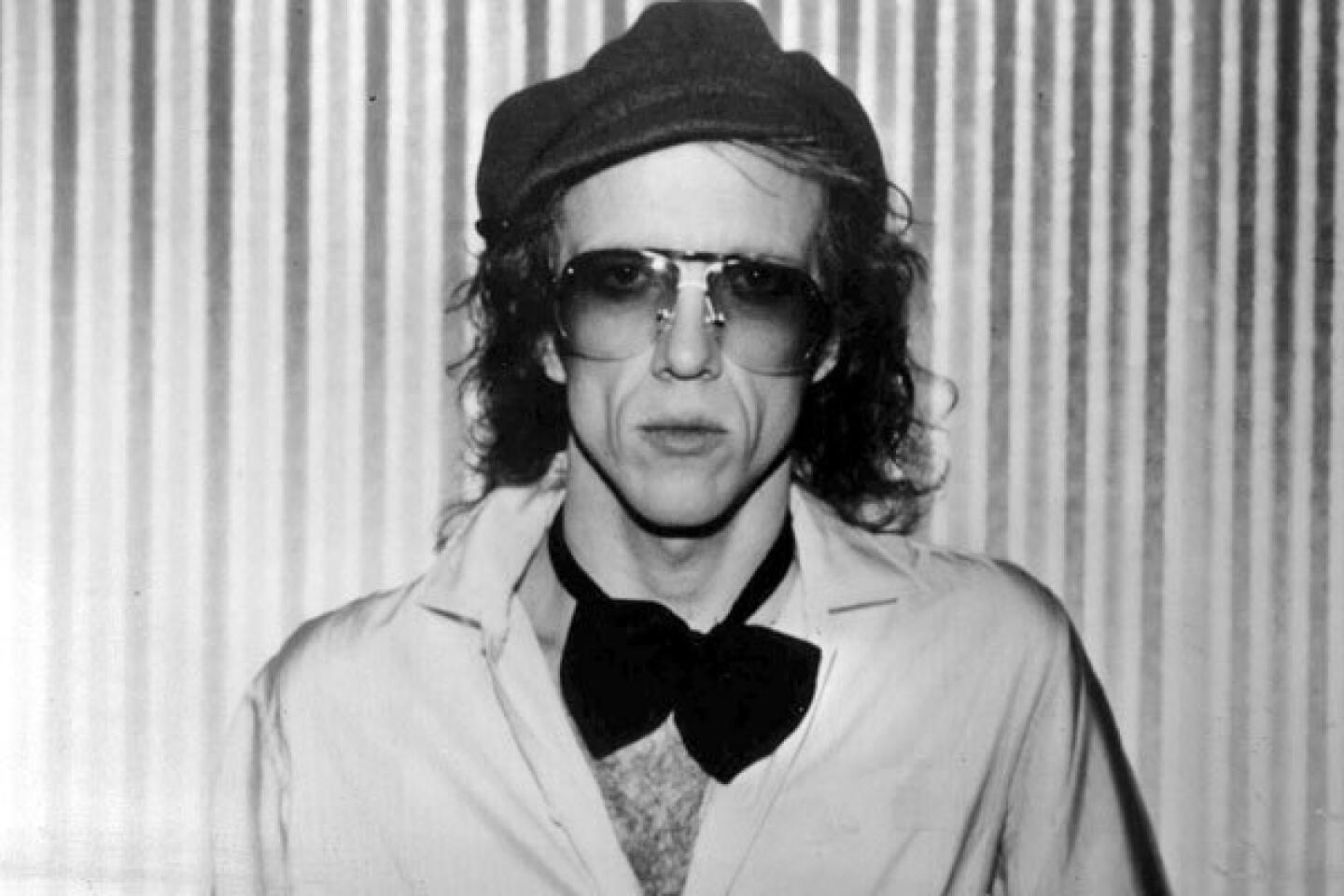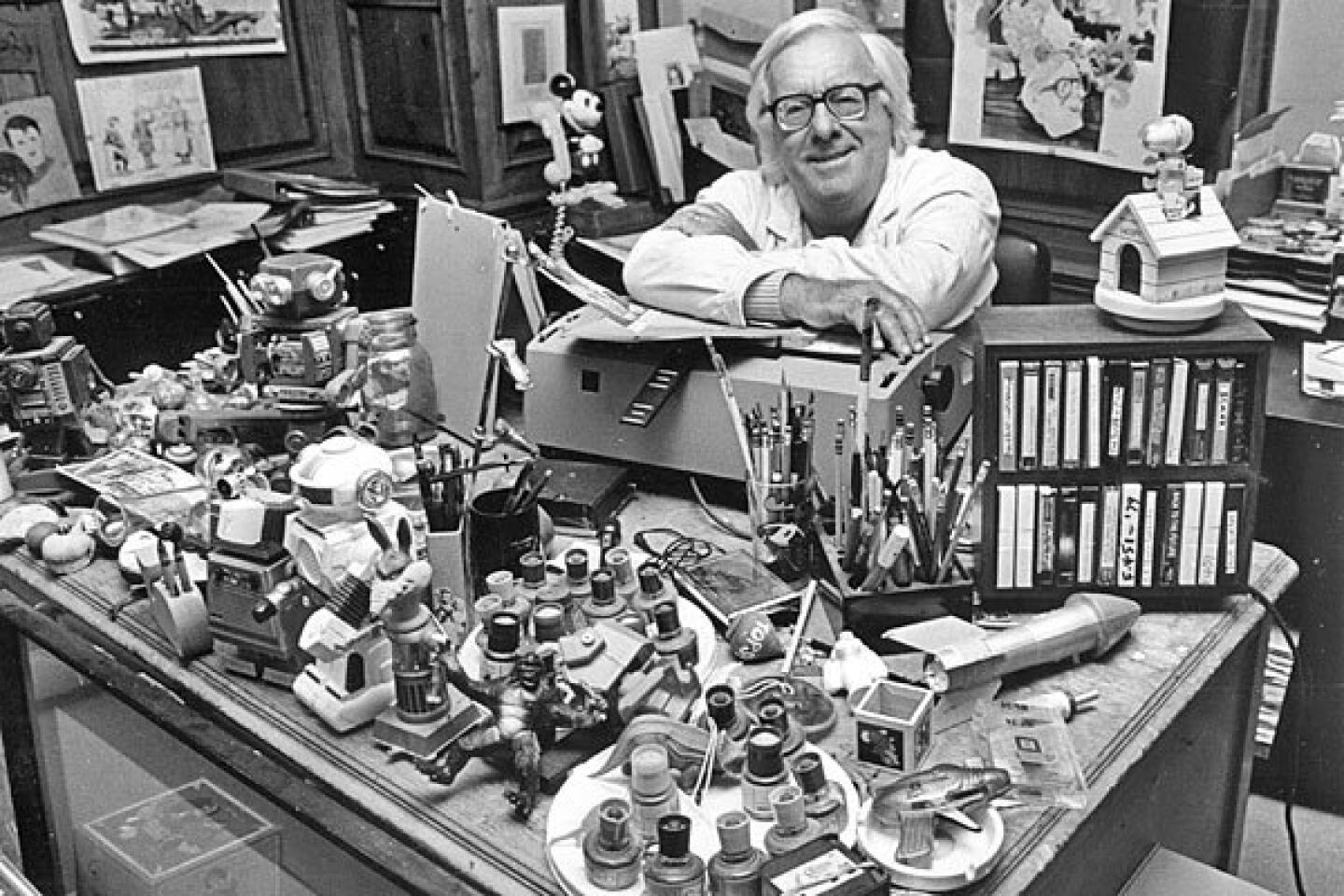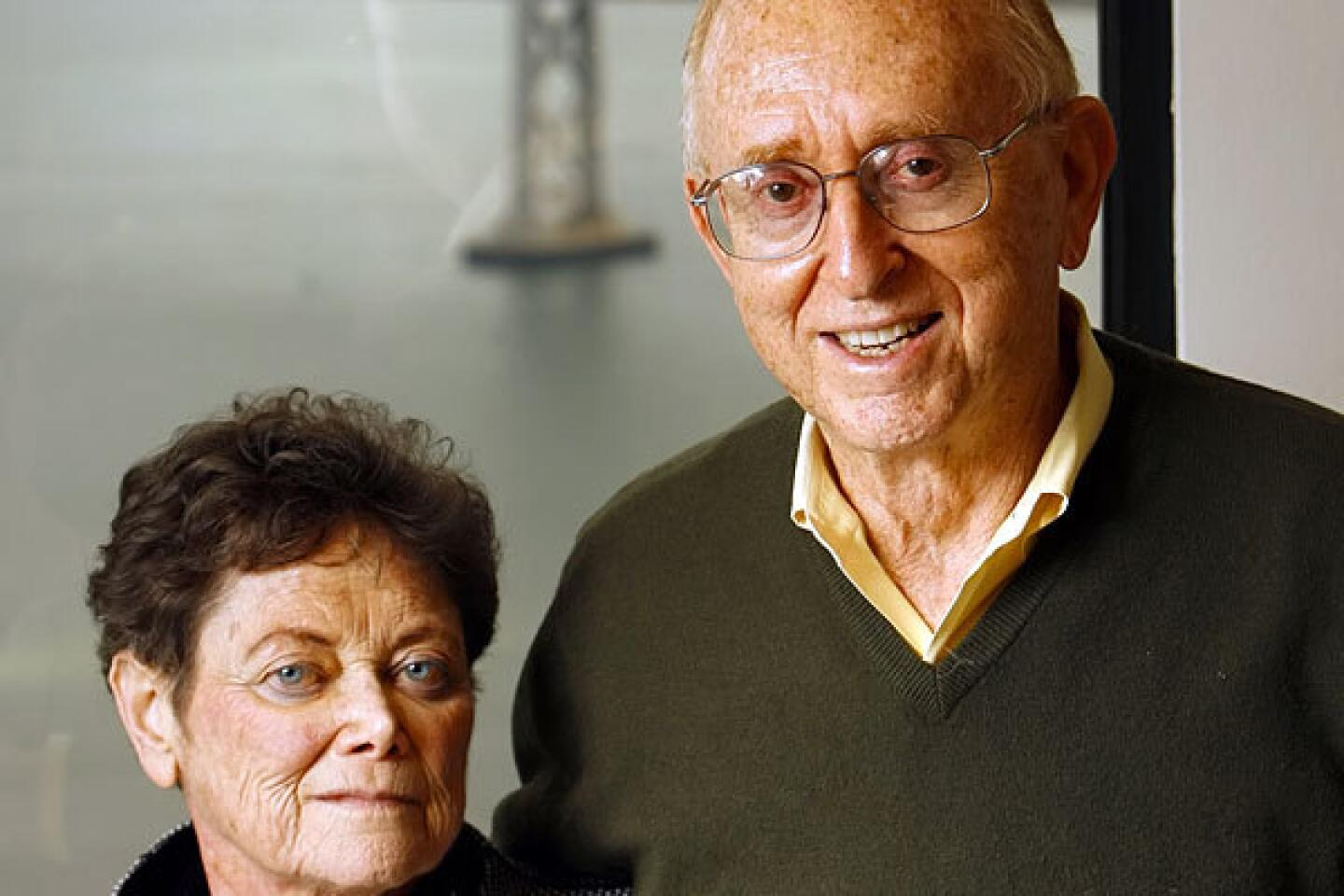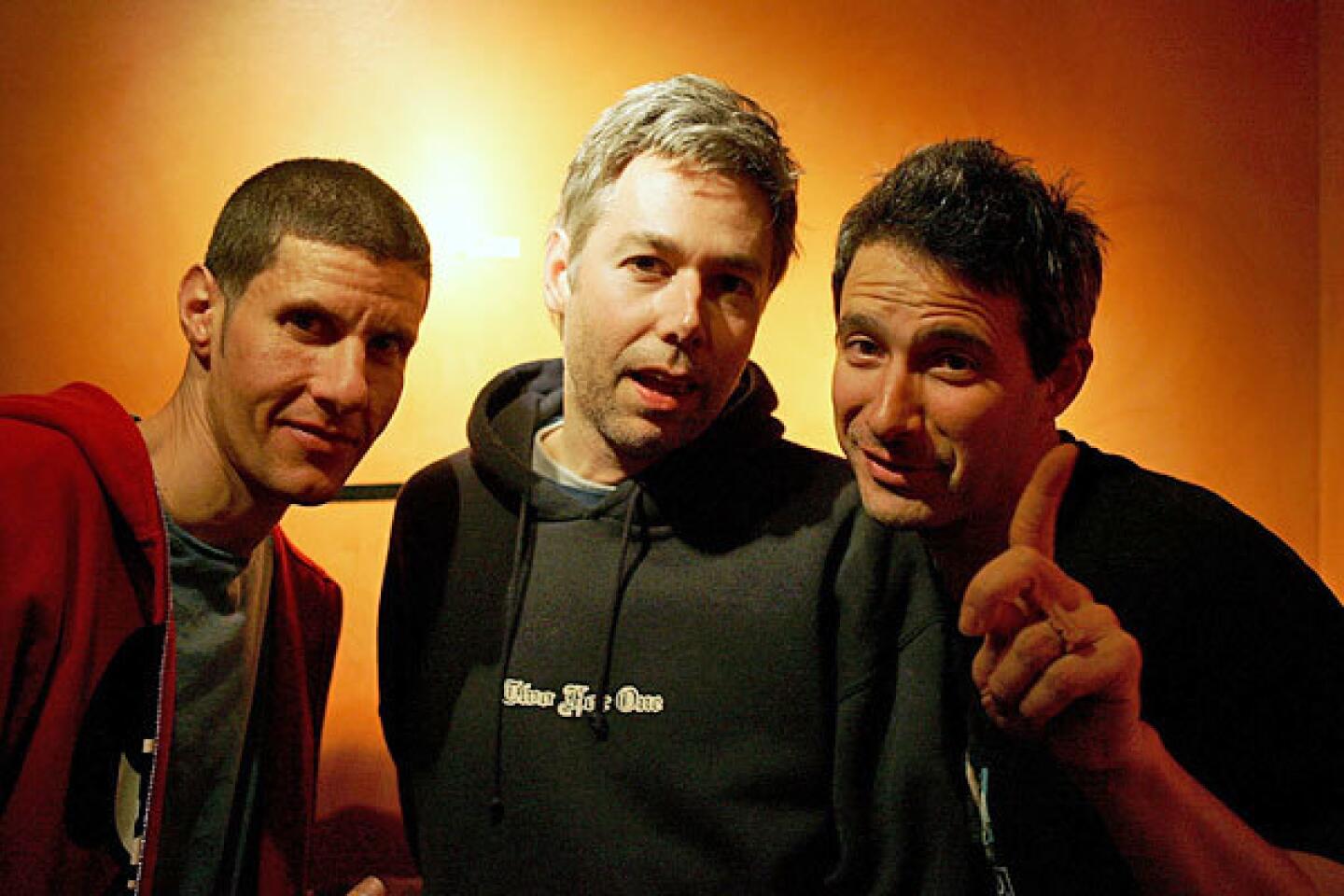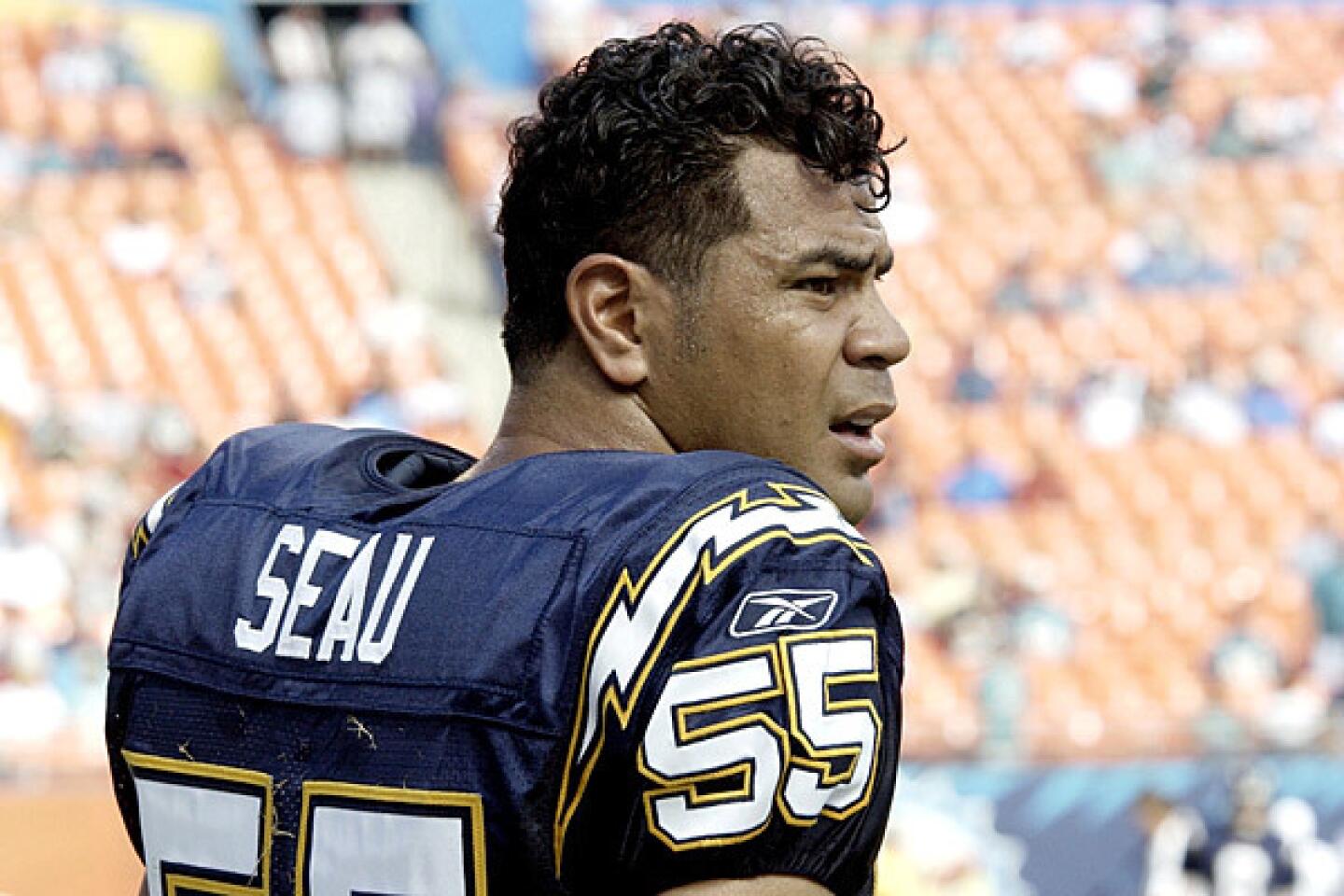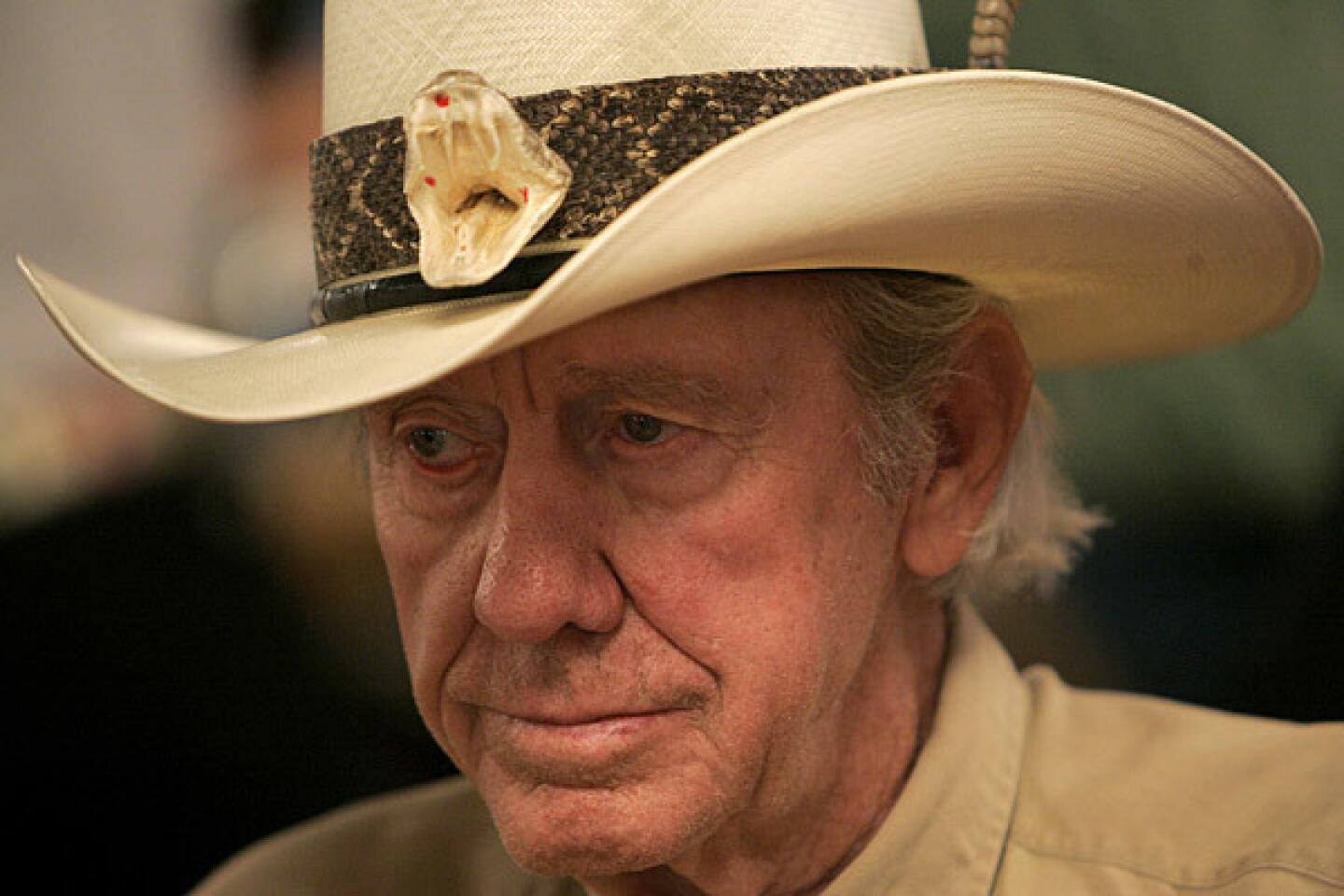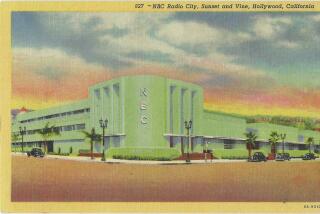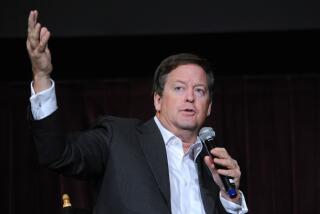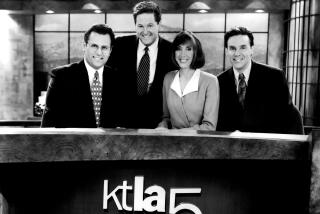John D. Silva dies at 92; introduced news helicopter
John D. Silva was the chief engineer for KTLA-TV in 1958 when he outfitted a helicopter with a TV camera and changed television news coverage forever.
He turned a rented Bell helicopter into the Telecopter, essentially a flying TV studio. The first of its kind, it put Channel 5 news at the forefront of live aerial coverage of major events like parades, fires, earthquakes and massive freeway snarls.
Hundreds of televised car chases later, Silva’s invention is a staple of local television news stations, along with the mobile unit he also had a hand in developing.
Silva, whose two Emmy Awards include one in 1974 for developing the Telecopter, died Nov. 27 in Camarillo of complications of pneumonia, his family said. He was 92.
“John’s legacy is of leading the industry to develop new tools. He actually helped define live television in the infancy of this industry,” said Dave Cox, KTLA’s current chief engineer.
Silva began creating the aerial broadcast studio in strict secrecy, assembling the news chopper in a North Hollywood backyard so other local TV stations wouldn’t catch on.
The challenges were great. First, the engineer had to convince KTLA executives to spend $40,000 on broadcast equipment that no one was certain actually worked — no small feat in 1957. Then he had to whittle down 2,000 pounds of television equipment to just 368 pounds so the Bell 47 helicopter could lift off the ground.
On the piston-driven helicopter’s maiden flight July 3, 1958, Silva struggled mightily.
During that test flight, his fellow engineers waiting on Mt. Wilson radioed that they were not receiving any video images from the helicopter. Silva knew he would not be able to duplicate the in-flight conditions by trouble-shooting back on the ground. So he asked pilot Larry Scheer to hover at about 1,500 feet as smoothly as he could.
“Larry, I’ve got to go out there,” he told the pilot, adding “I am not going to look down.”
Silva then climbed out on the right side skid, clinging with one hand to the copter and using his other hand to unlatch the wooden box containing the microwave transmitter bolted to the outside of the chopper.
When he peered into the box, he could see that one of the transmitter’s vacuum tubes was not glowing. The helicopter’s vibration and the day’s scorching heat had caused it to fail.
Back at the airport, Silva worked overnight to insulate the box and cushion its contents from the Bell 47’s bone-jarring shake.
The next day, July 4, 1958, Silva and Scheer lifted off again. At 12:48 p.m., Silva aimed his hand-held camera toward Hollywood bungalows. Elated Mt. Wilson engineers radioed back, “We’ve got you!”
From that moment on, TV news was never the same.
“The Telecopter became the envy of every news department in the country and it was many years before anyone was able to match it,” veteran KTLA reporter Stan Chambers recalled in his 2008 book “KTLA’s News at Ten.”
Silva was the kind of guy who “didn’t worry about what couldn’t be done,” Chambers observed in the book. “He concentrated on making the impossible happen.”
The intrepid engineer was born in San Diego on Feb. 20, 1920, to parents involved in the tuna fishing industry. He studied at the Massachusetts Institute of Technology and Stanford University, where he earned a bachelor’s degree in engineering. In 1942 he joined the Navy as a radar operator and was aboard the destroyer Shea when Japanese bombers attacked, killing 35 sailors. Silva was among 91 who were wounded.
After his wartime service, he moved to Los Angeles and joined Paramount Pictures, which was operating an experimental TV station, W6XYZ, the predecessor of KTLA. After KTLA signed on as the first commercial station in the West in 1946, Silva became the technical director of such programs as “City at Night” and “The Lawrence Welk Show” and handled remote broadcasts of local events that included the Rose Parade, roller derby contests and baseball games.
Another major contribution of Silva’s was the Telemobile, a station wagon with a large camera and photographer’s seat mounted on the roof. It also had a microwave dish that was powered by a generator that was towed behind in a trailer. Introduced in the early 1960s, the mobile unit was the forerunner of those used by TV news stations today.
While driving on the Hollywood Freeway, Silva came up with his best-known invention.
The idea “came to me all of a sudden,” he said in a 2002 interview for the Archive of American Television. “‘How can we beat the competition? Why, of course. If we could build a news mobile unit in a helicopter we could get over it all, get there first, avoid the traffic, and get to all the stories before anybody.... It’d be a wonderful thing.’”
Silva was the station’s chief engineer for 21 years. He was director of engineering research from 1976 until 1978, when he retired to become an electronics design consultant. He won his first Emmy in 1970 for his electronic news-gathering.
He continued tinkering with the Telecopter for years. He added antenna mounts for the microwave transmitter and bedsprings under the photographer’s cockpit seat to minimize camera shaking. Later he oversaw the transition to full-color cameras and jet-powered helicopters.
The KTLA Telecopter was sold to KNBC-TV Channel 4 for $350,000 in 1974 and pilot Scheer went with it. By that time the Telecopter had won more than 40 local and national awards for KTLA for live coverage of events such as the 1961 Bel-Air brush fire and the 1963 Baldwin Hills reservoir dam collapse.
Its history had tragic notes. In 1977, U-2 spy plane pilot Francis Gary Powers, who succeeded Scheer as Telecopter pilot, was killed along with his photographer when the craft ran out of fuel returning from a Santa Barbara brush fire and crashed at the Sepulveda Recreation Center in Encino. The chopper, a Bell 206 Jet Ranger, was destroyed, but TV news stations kept using telecopters.
“I never thought about being a pioneer,” Silva told Air & Space magazine in 2009. “All I ever wanted to do was get us there and get the picture — before the competition got it.”
Silva is survived by his wife, Mary Lou Steinkraus-Silva; daughters Patricia Vawter, Kathleen Silva and Karen Samaha; and a granddaughter.
More to Read
Start your day right
Sign up for Essential California for the L.A. Times biggest news, features and recommendations in your inbox six days a week.
You may occasionally receive promotional content from the Los Angeles Times.
